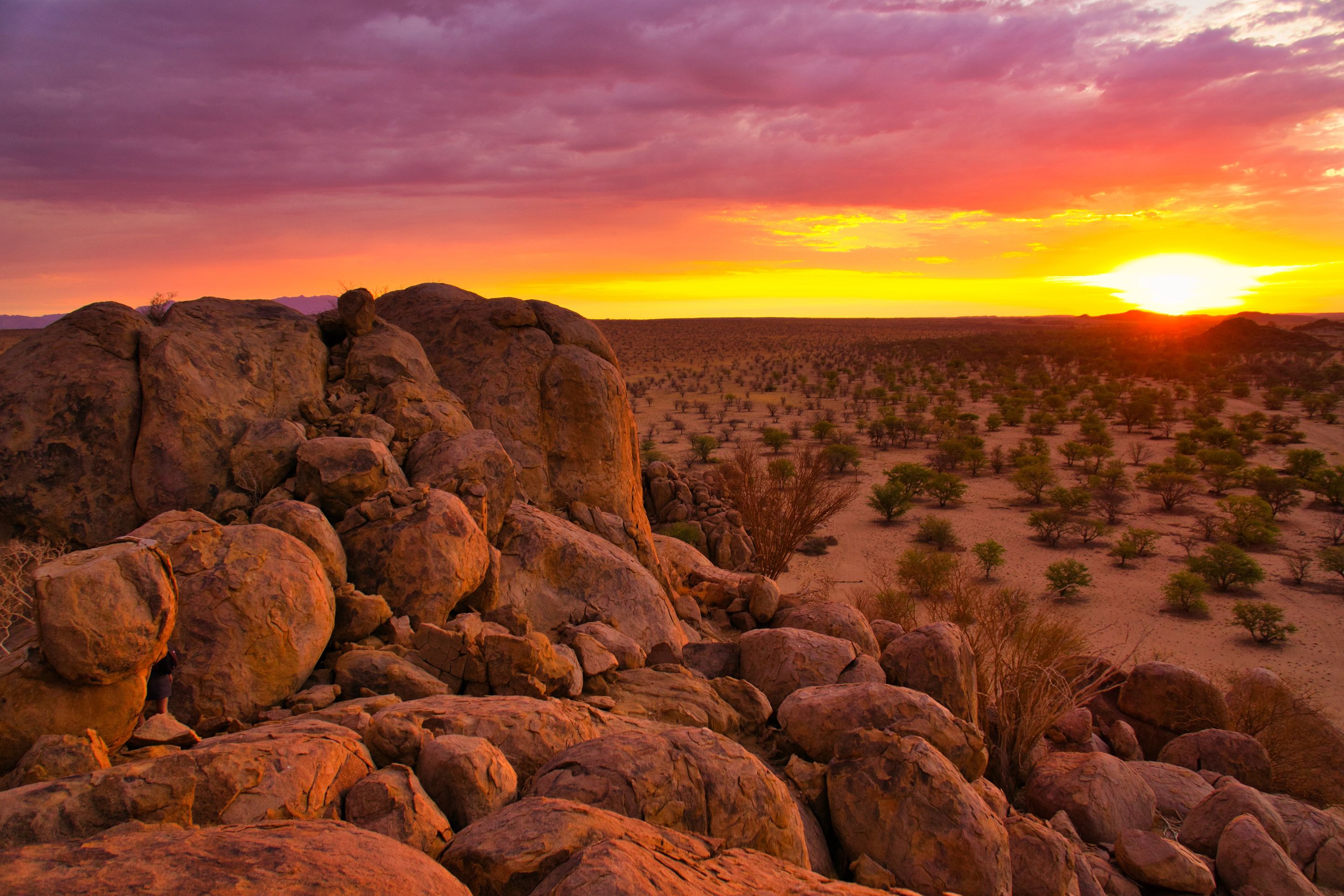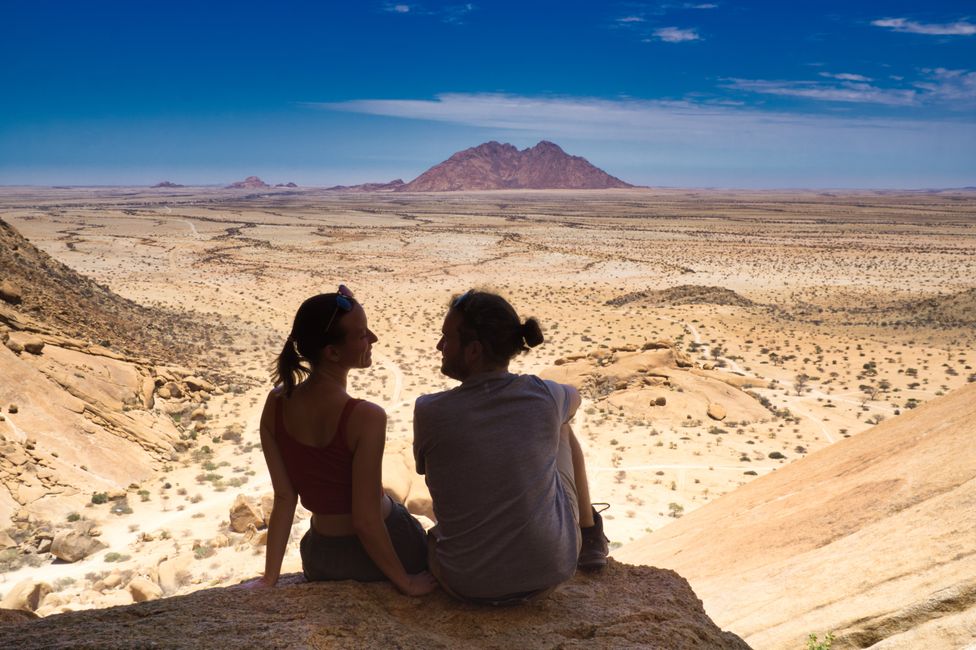Panorama Route & Kruger National Park
Được phát hành: 07.06.2022
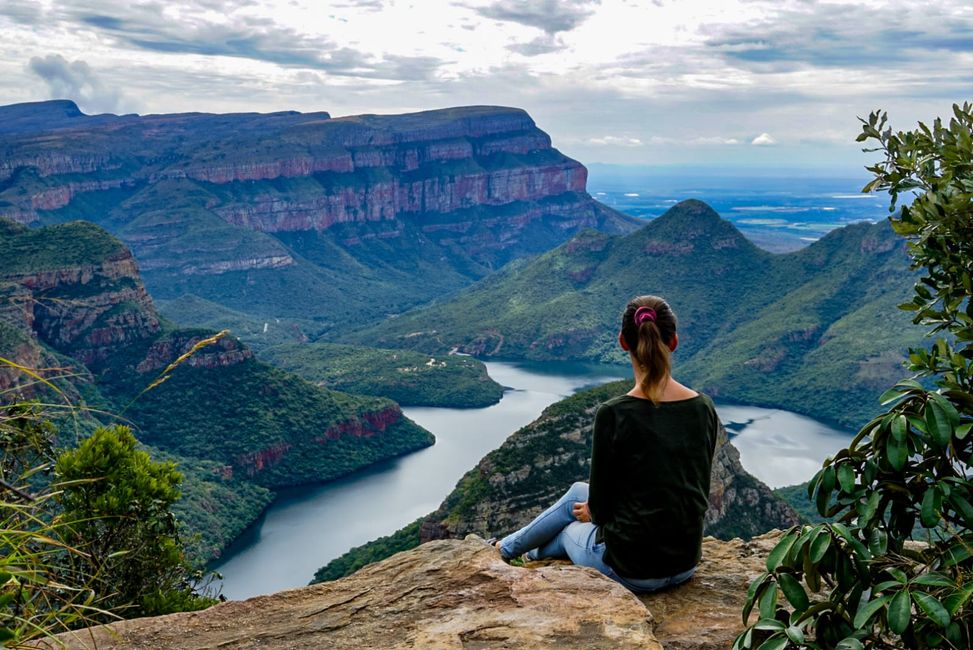
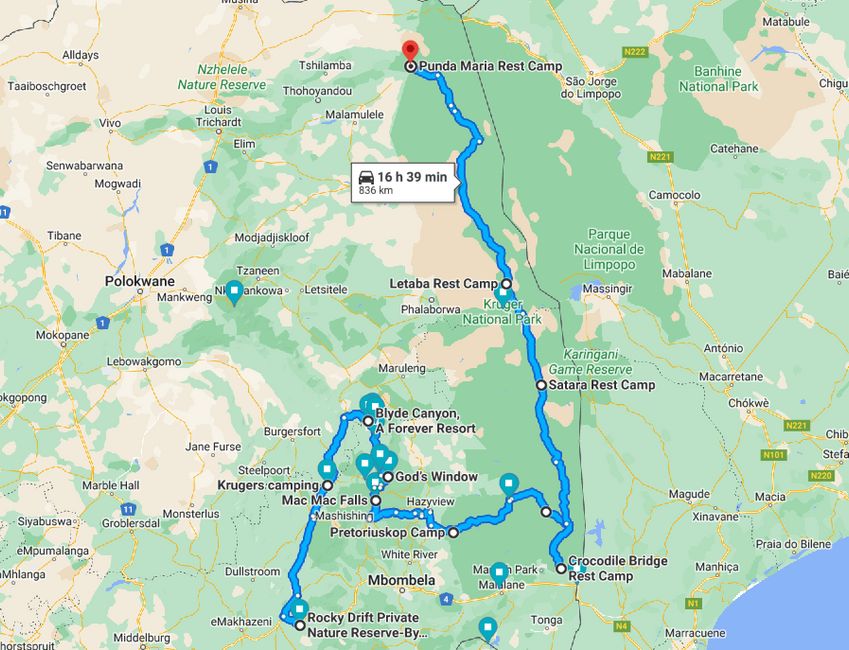
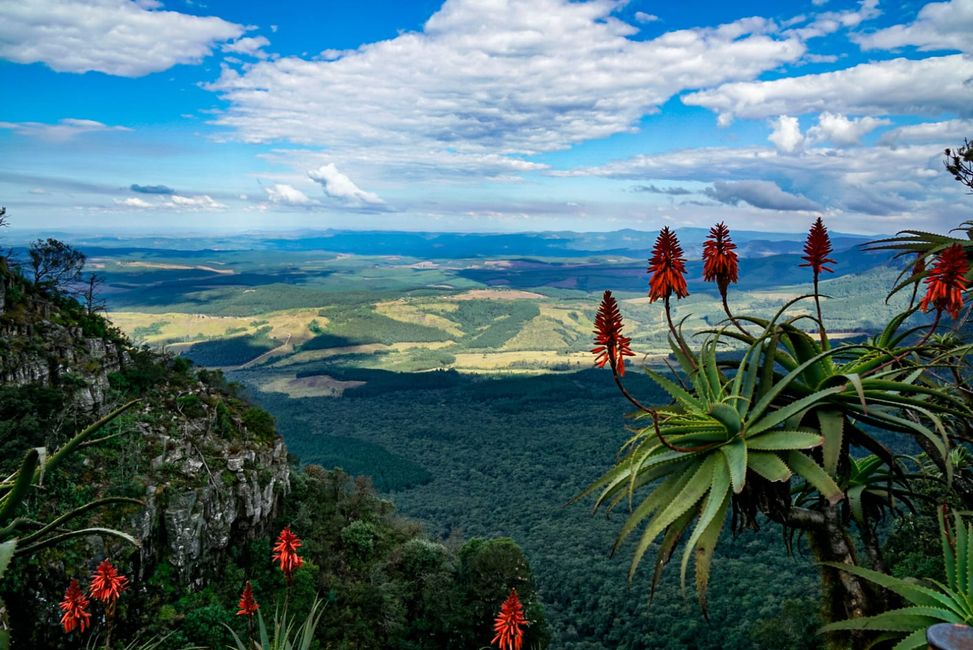
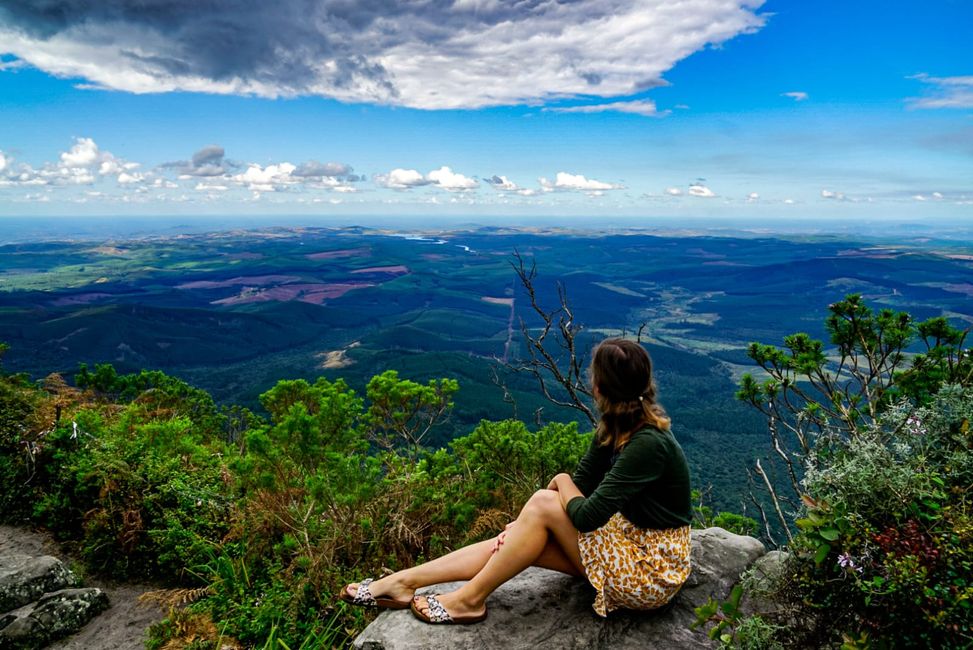
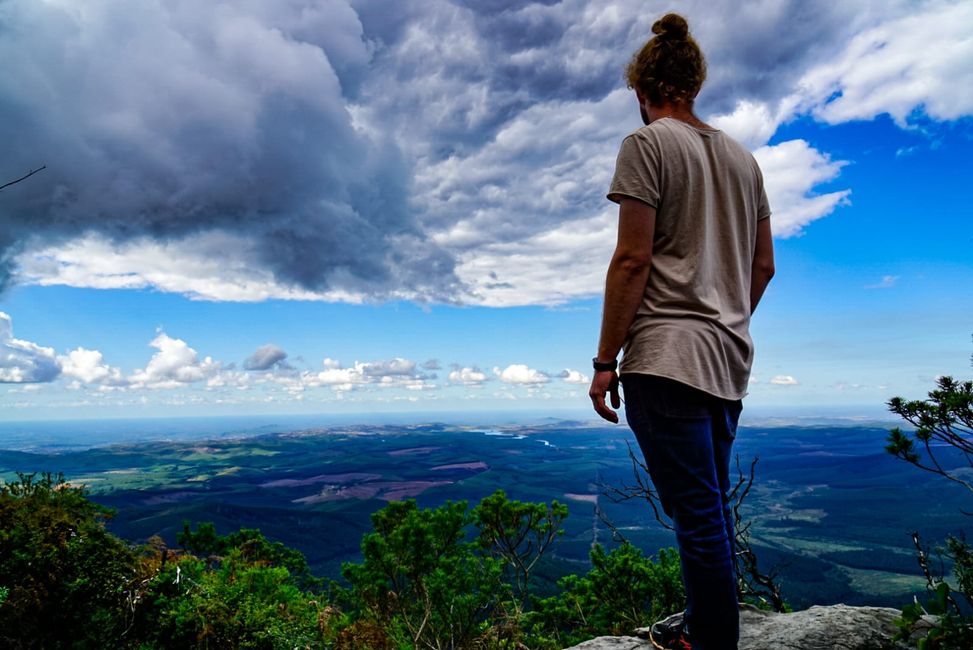
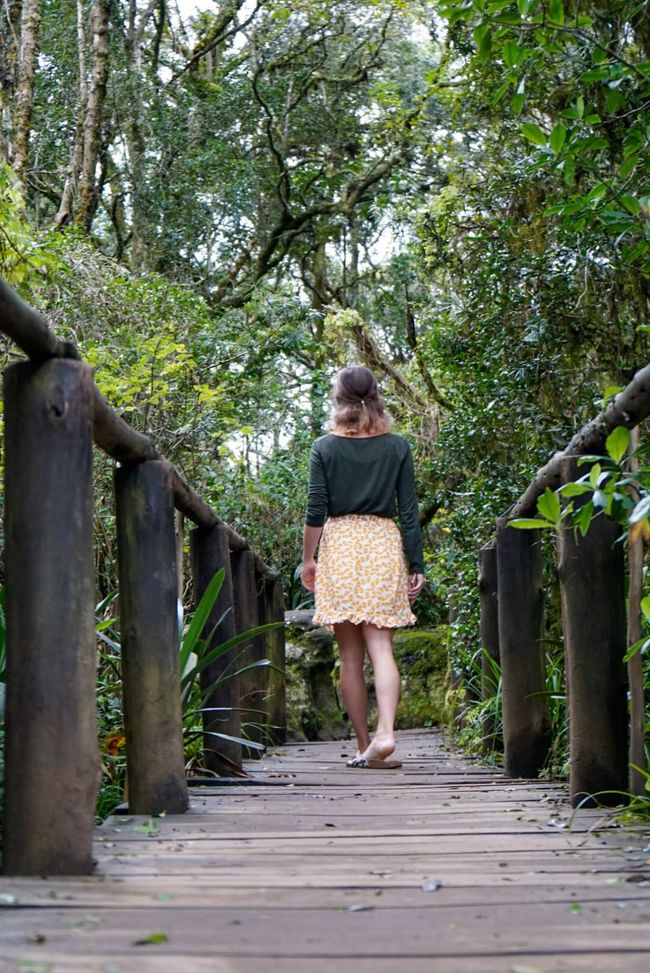
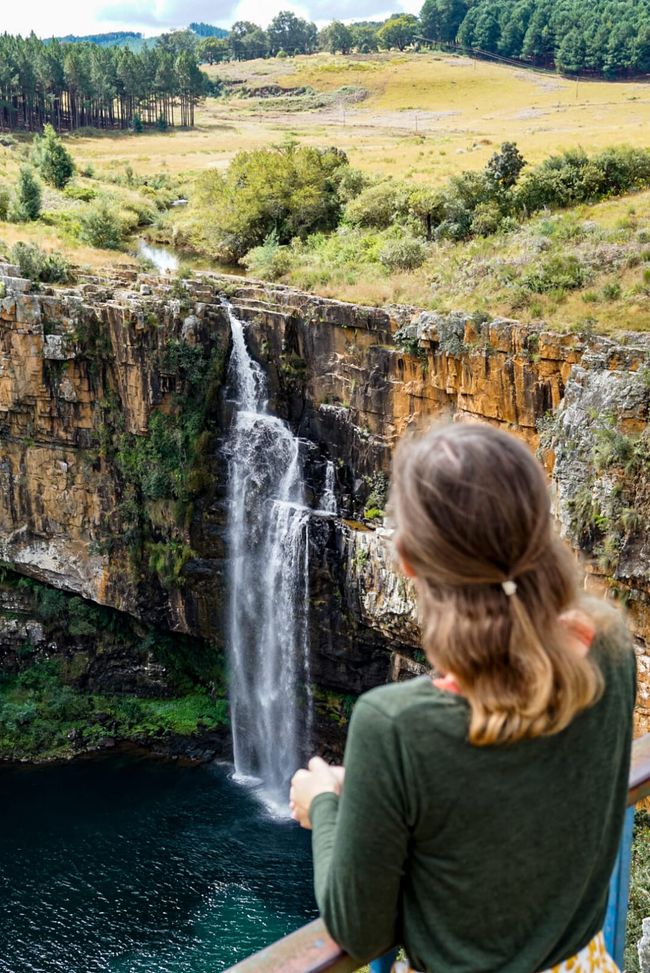
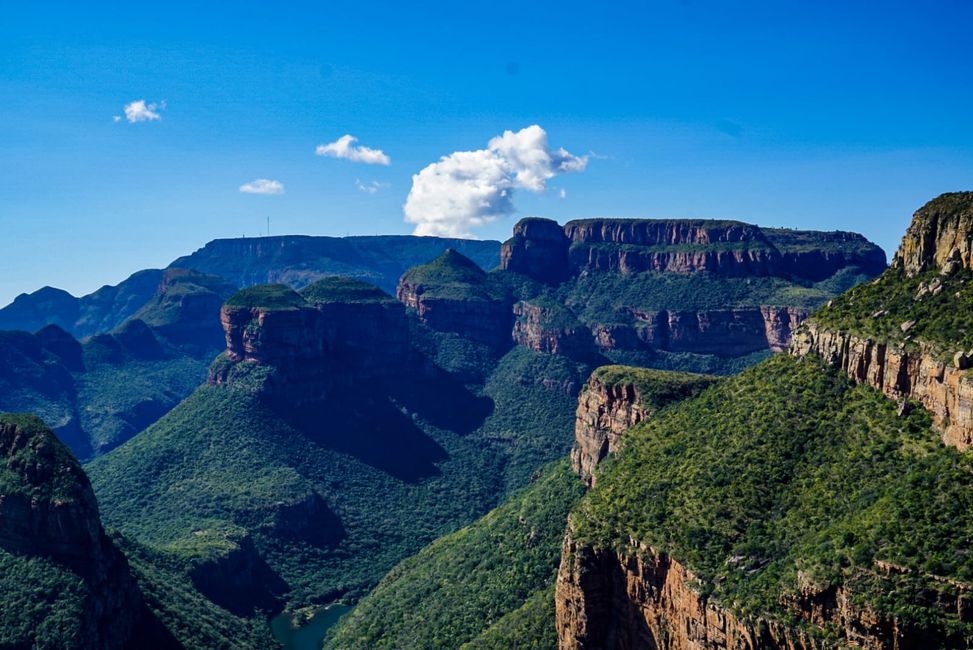
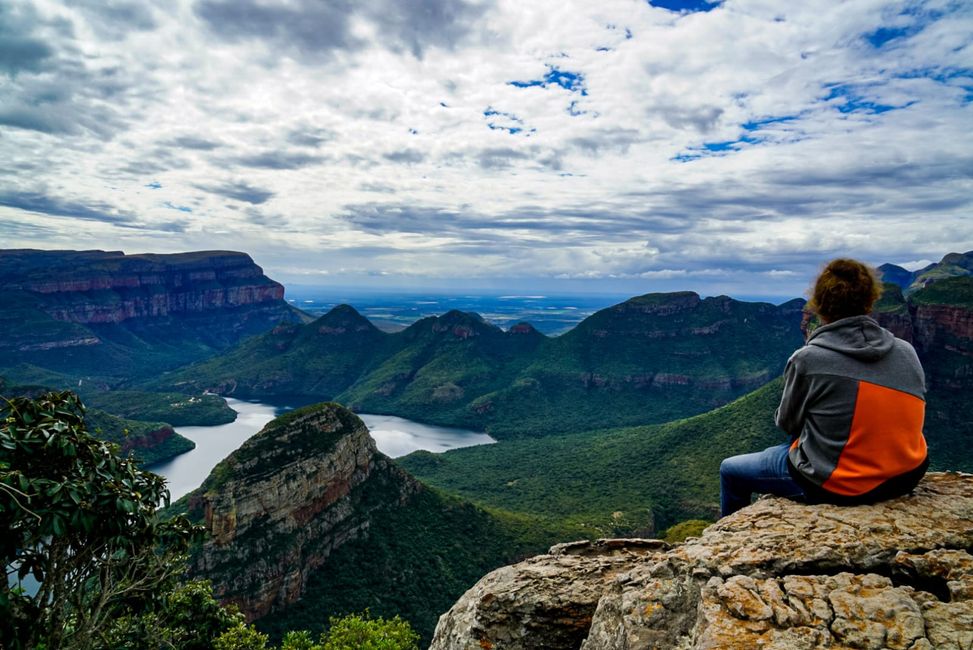
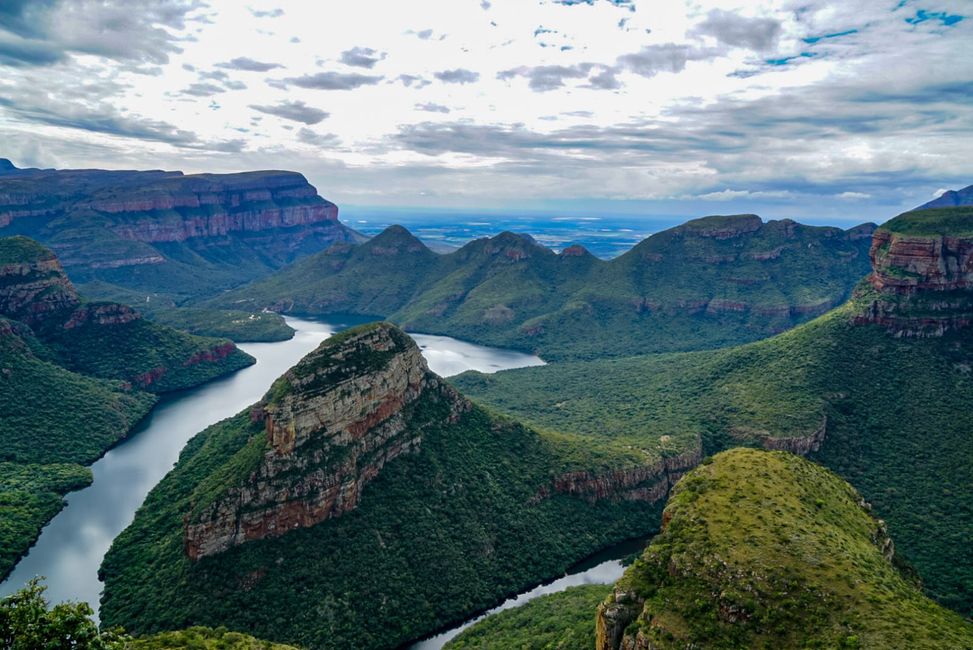
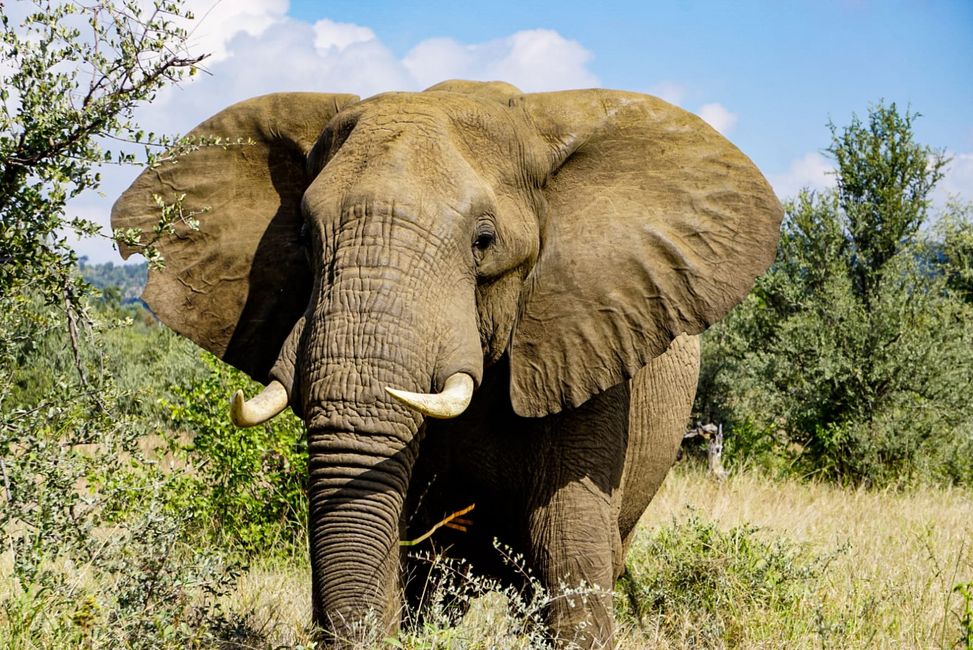
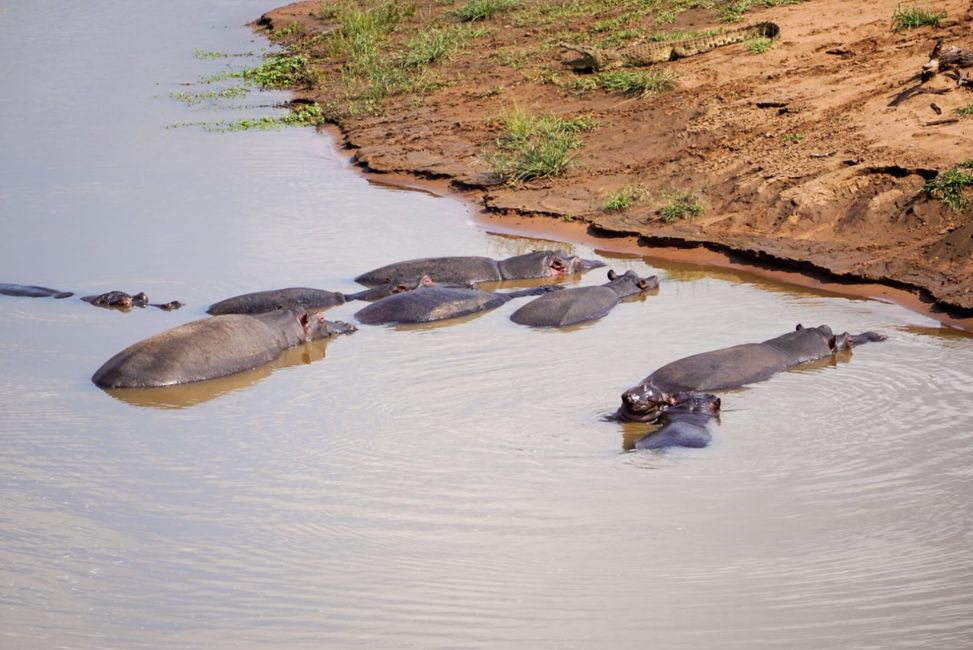
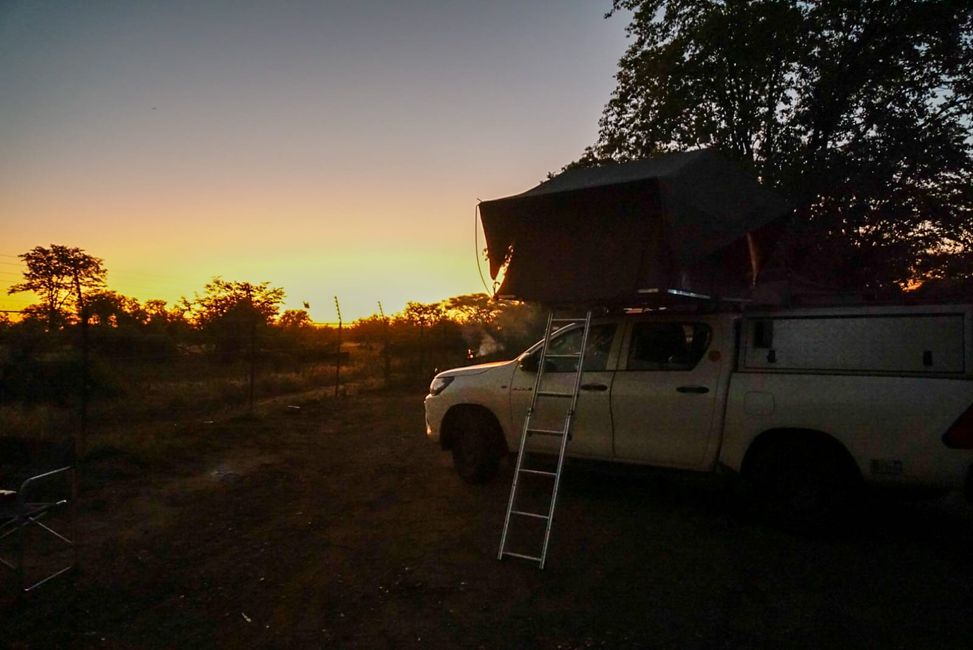
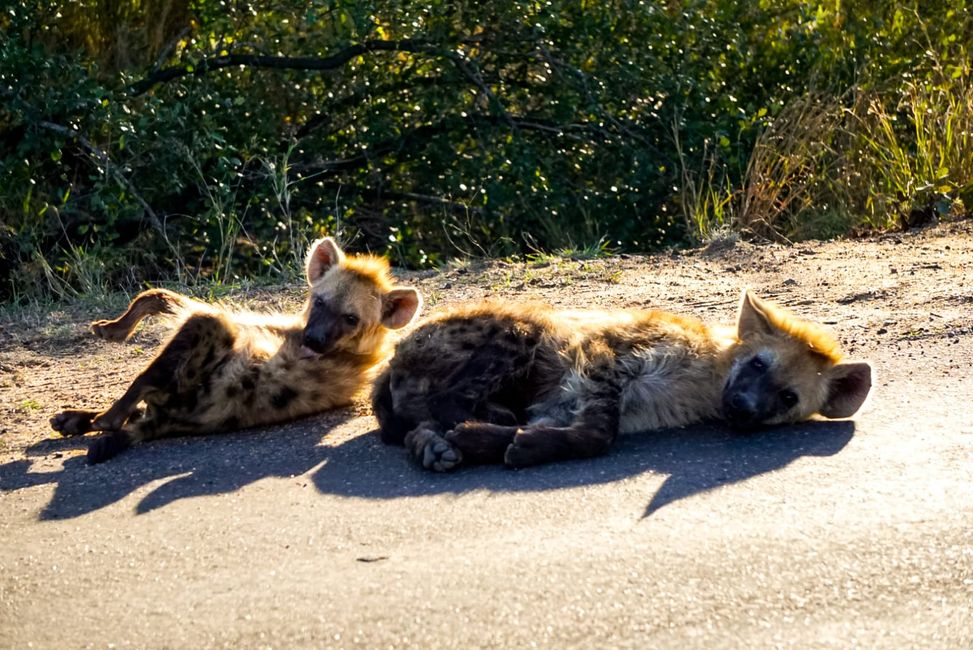
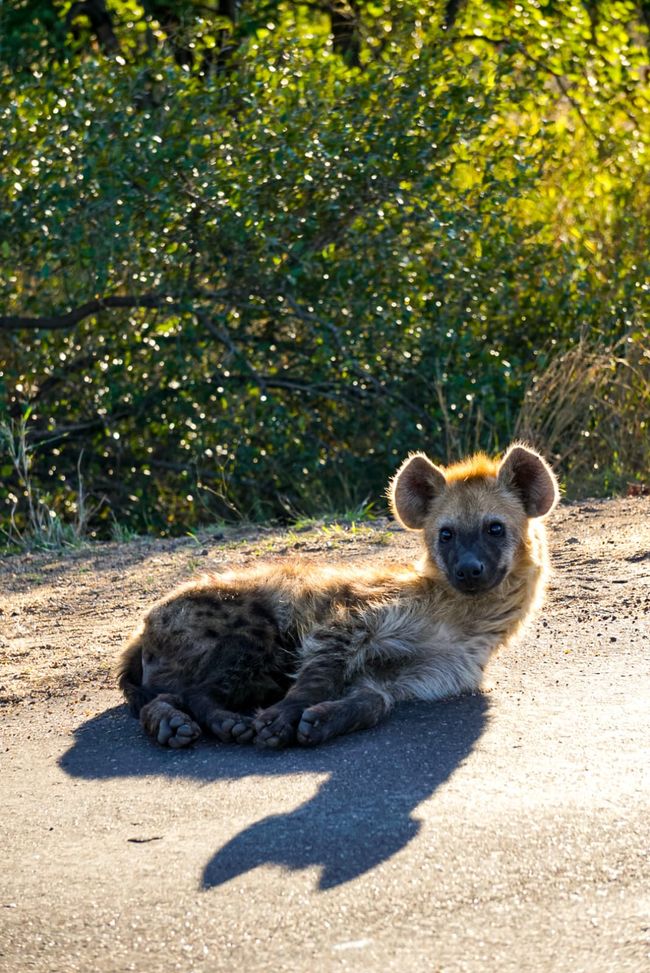
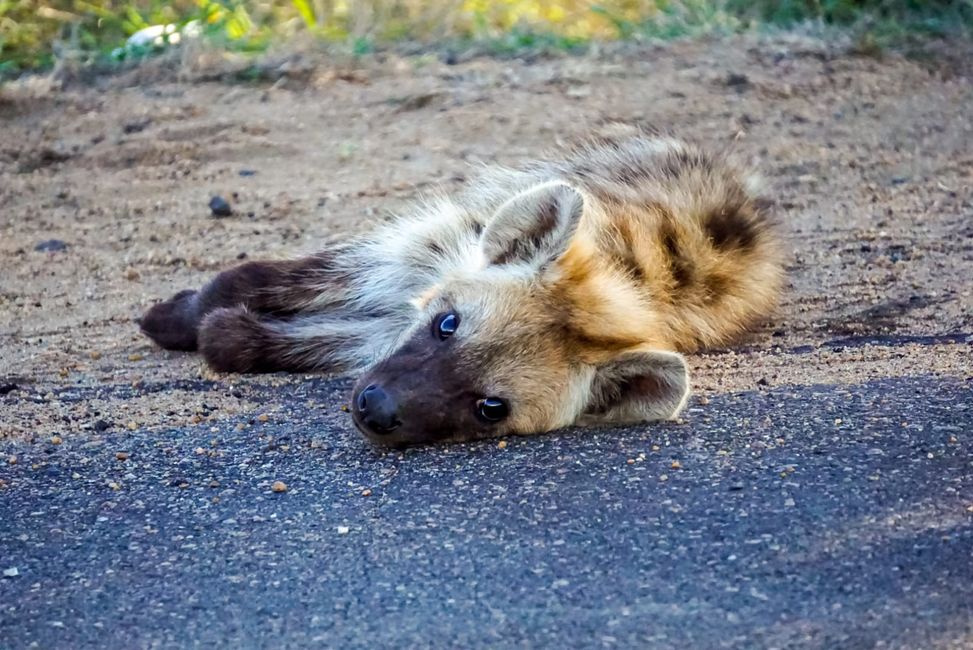
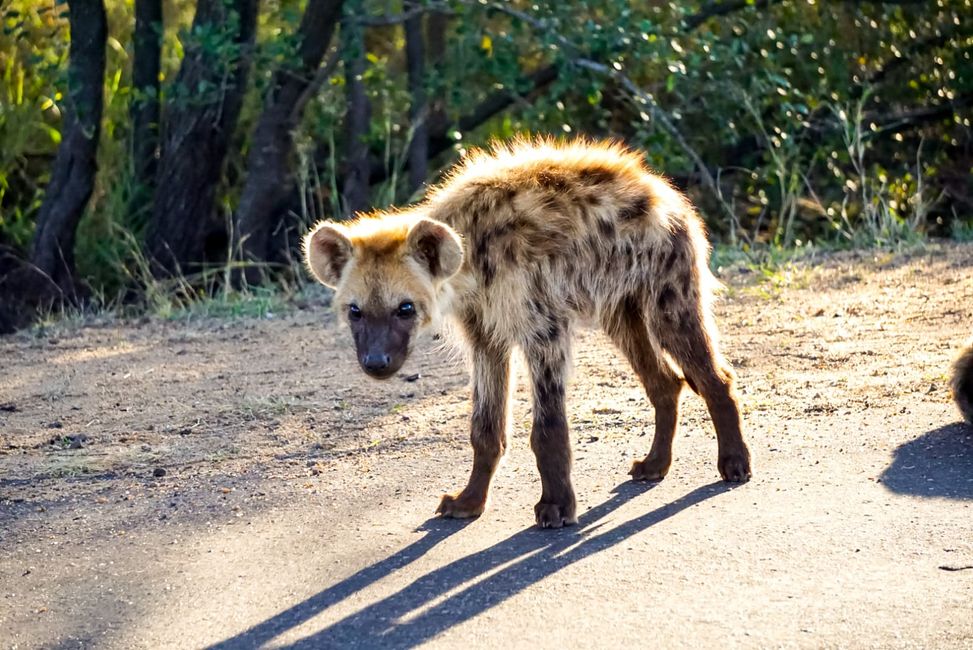
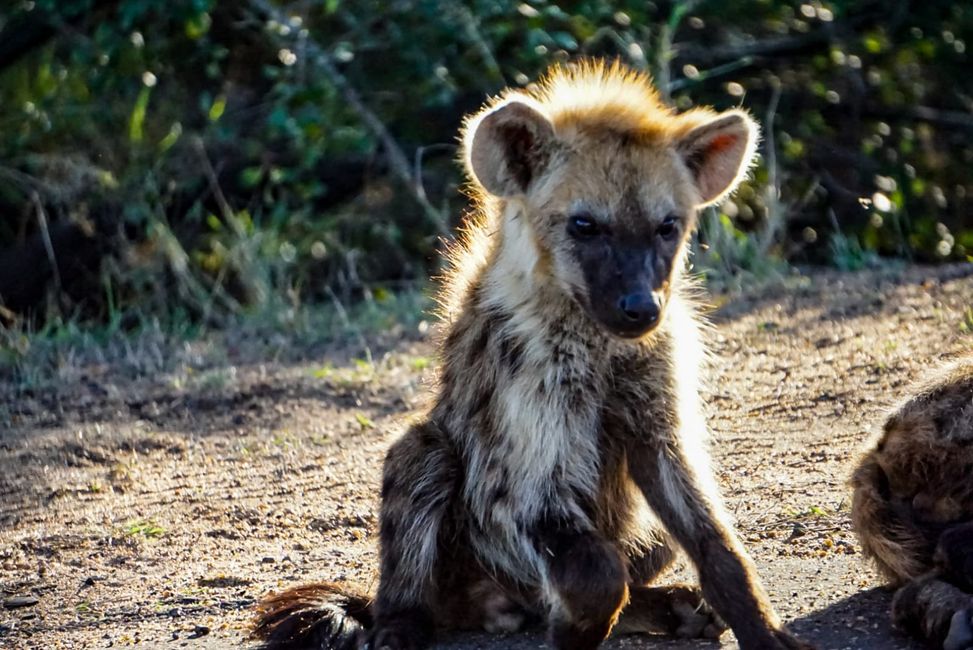
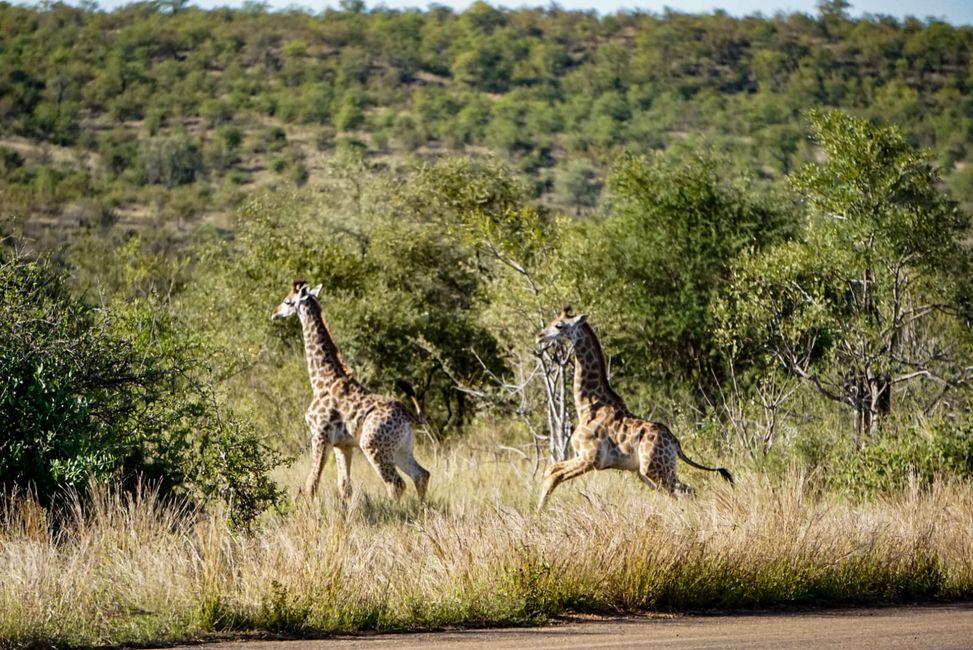
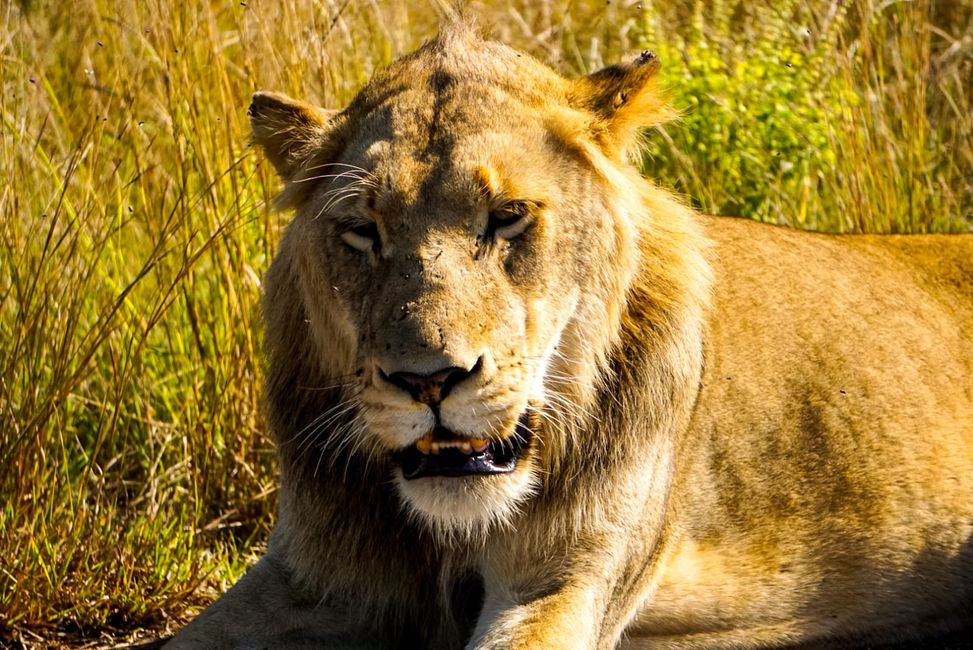
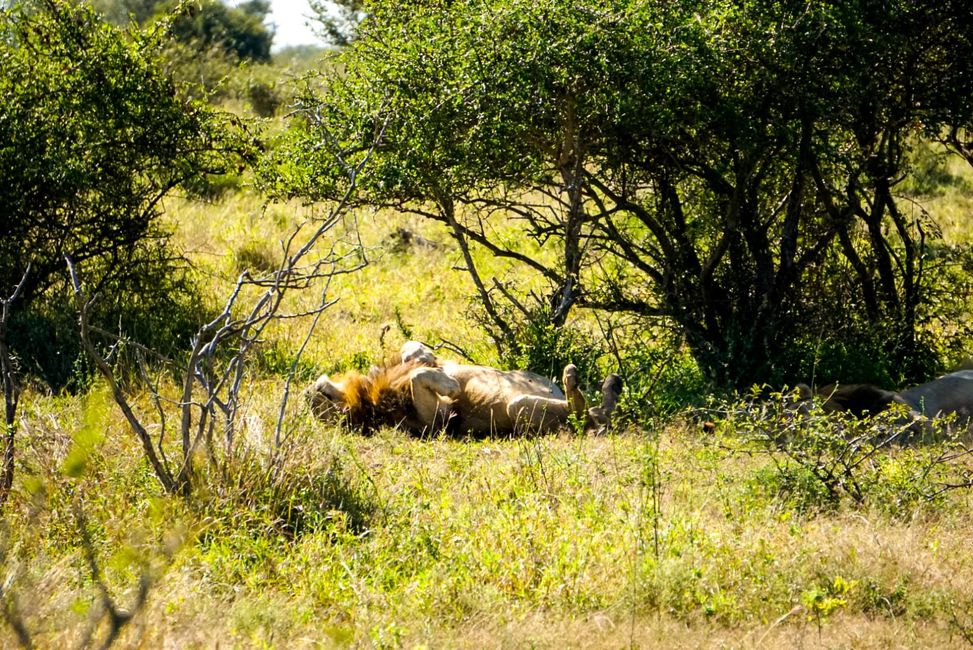
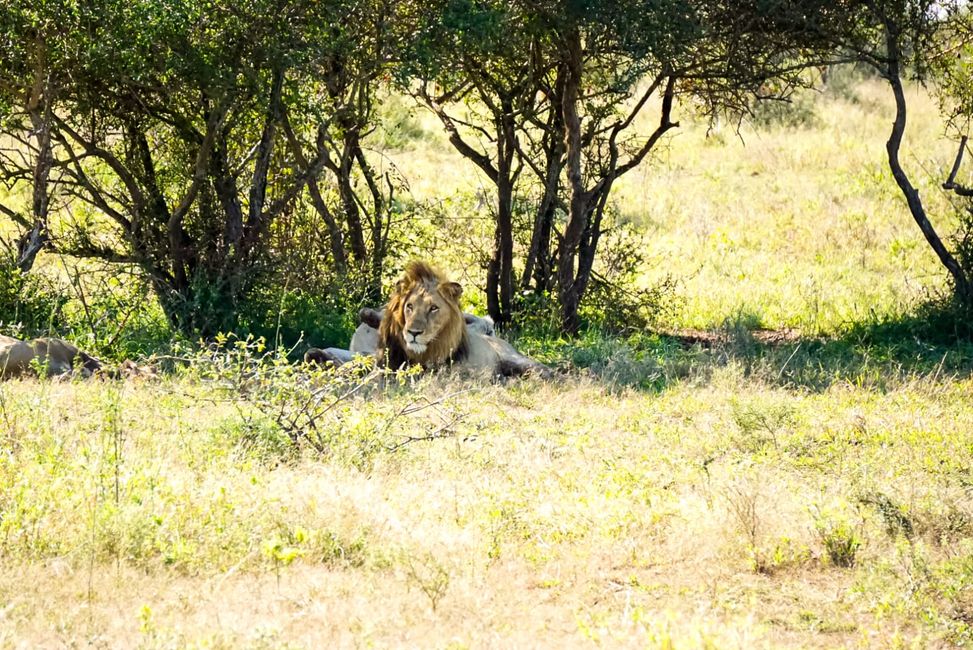
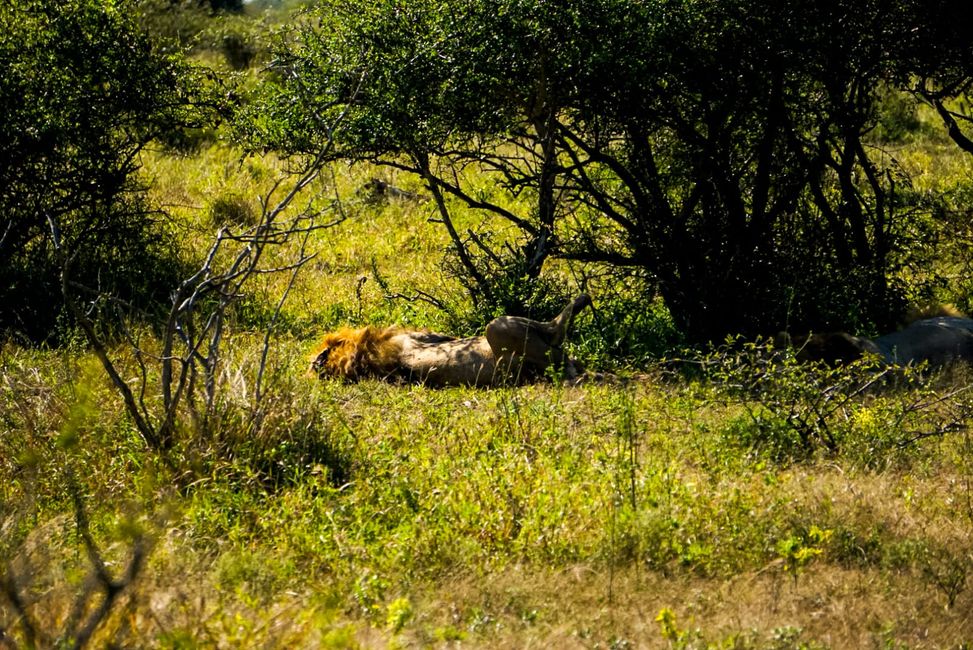
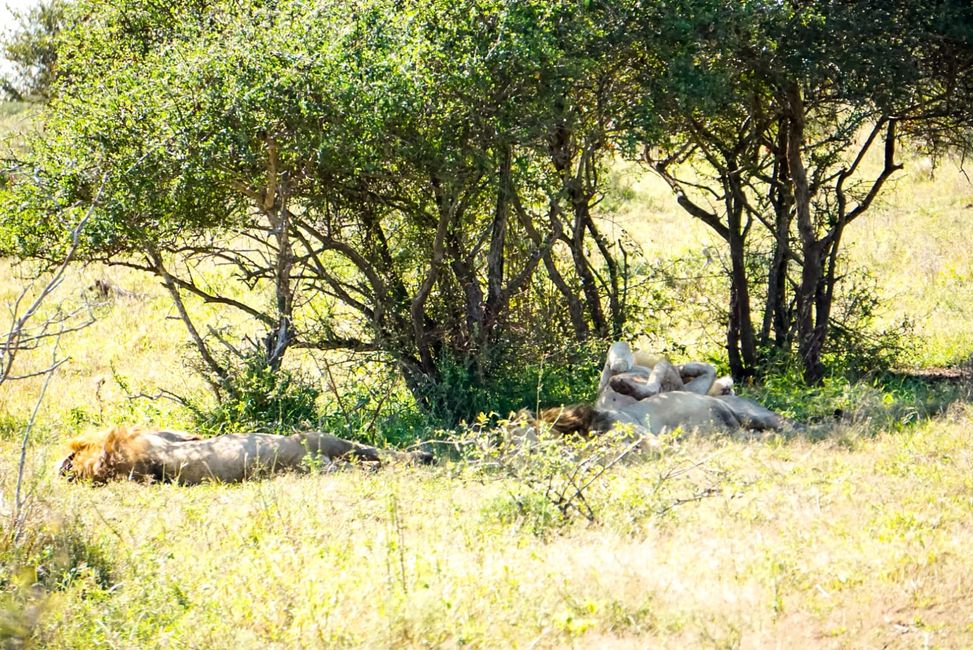
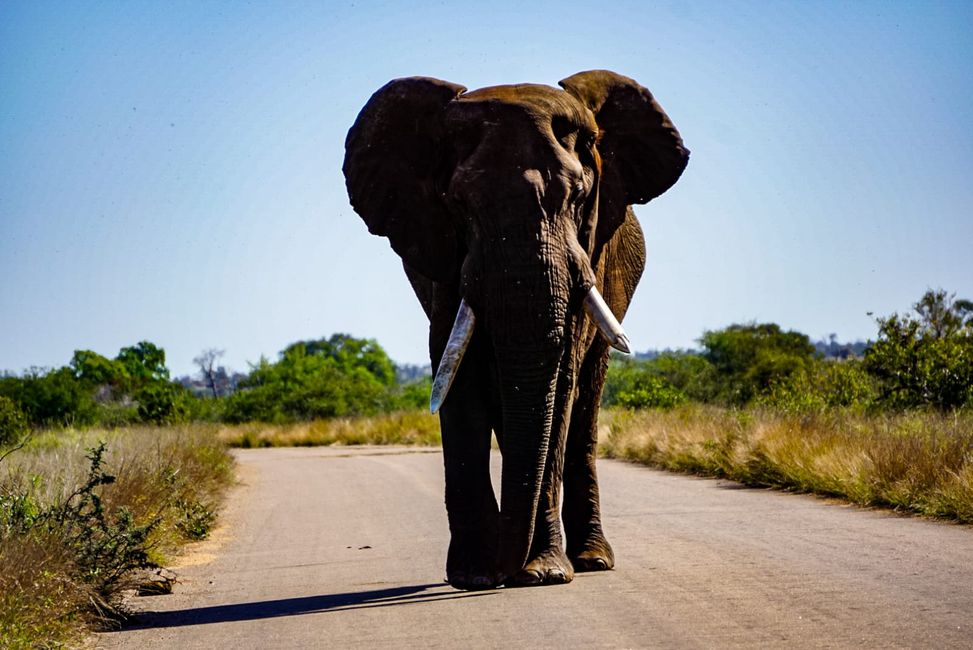
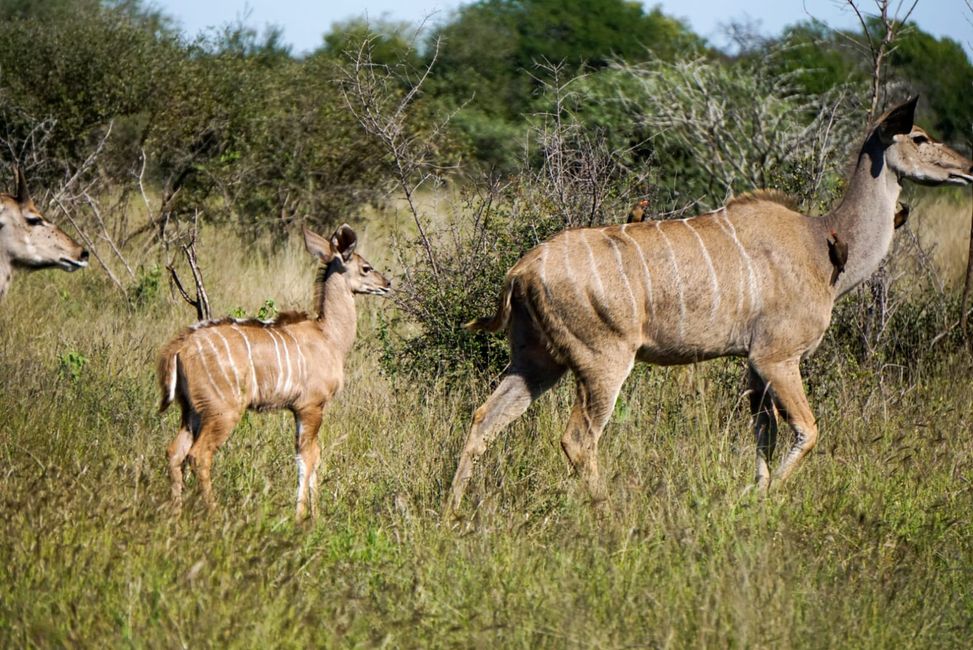
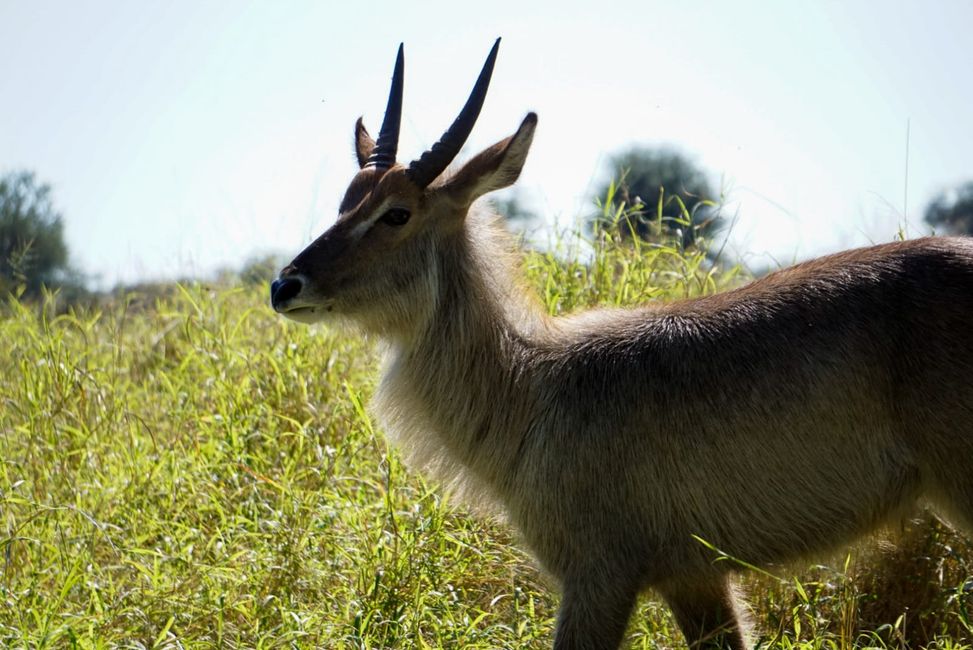
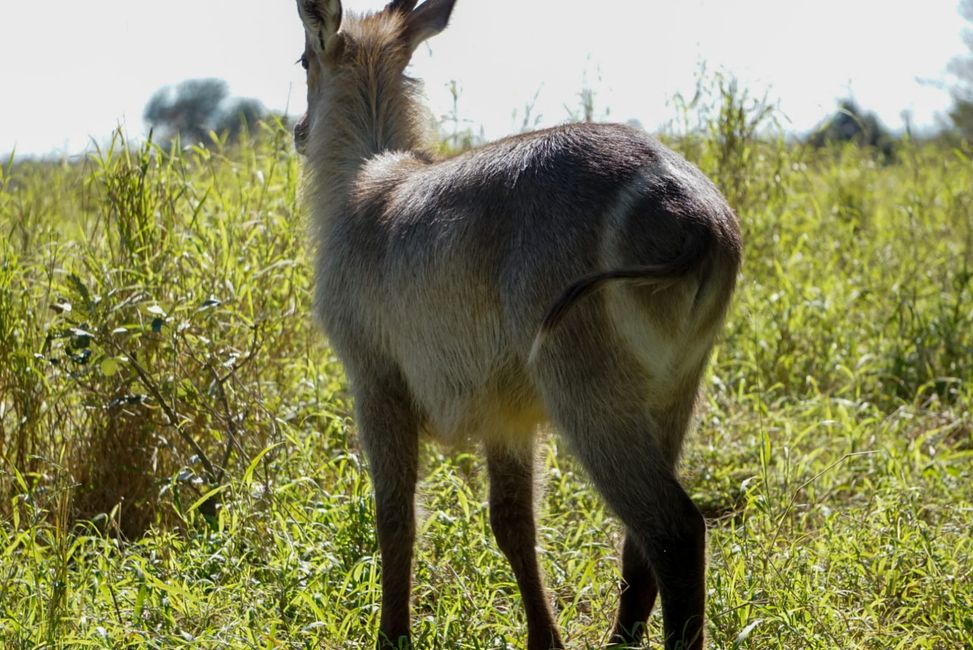
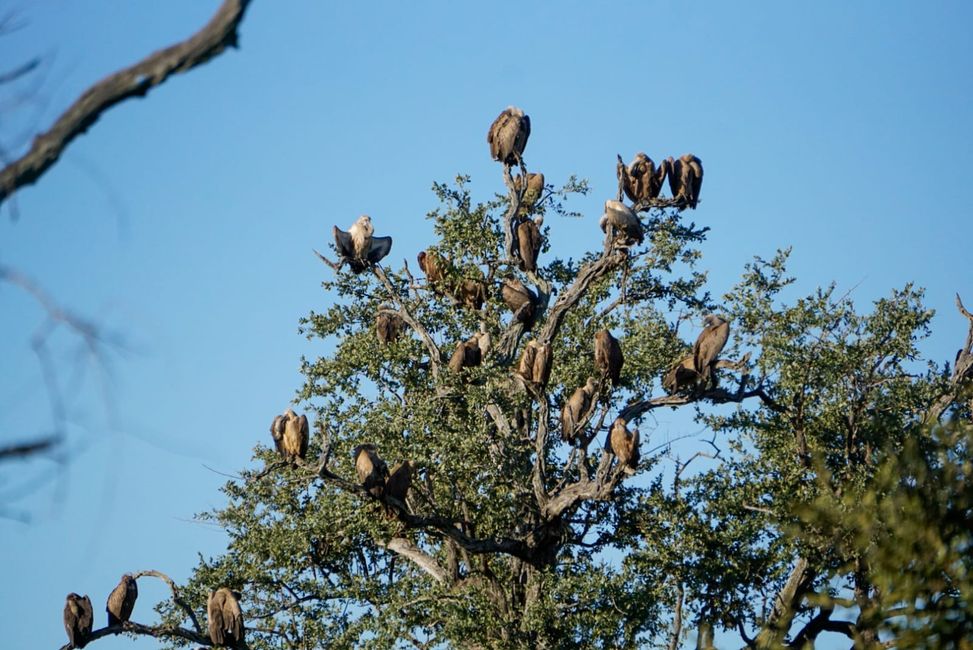
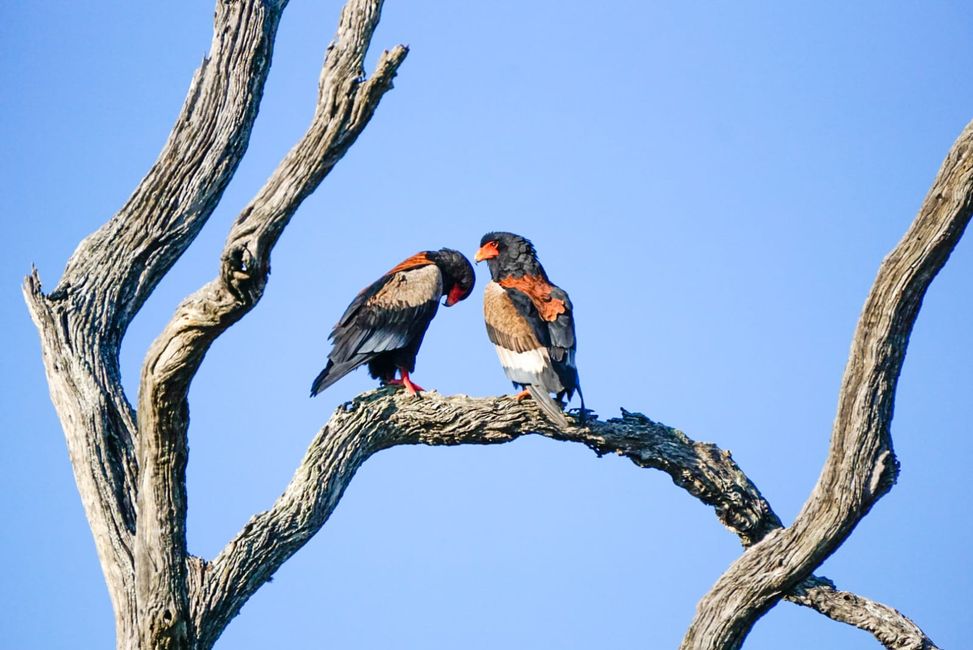
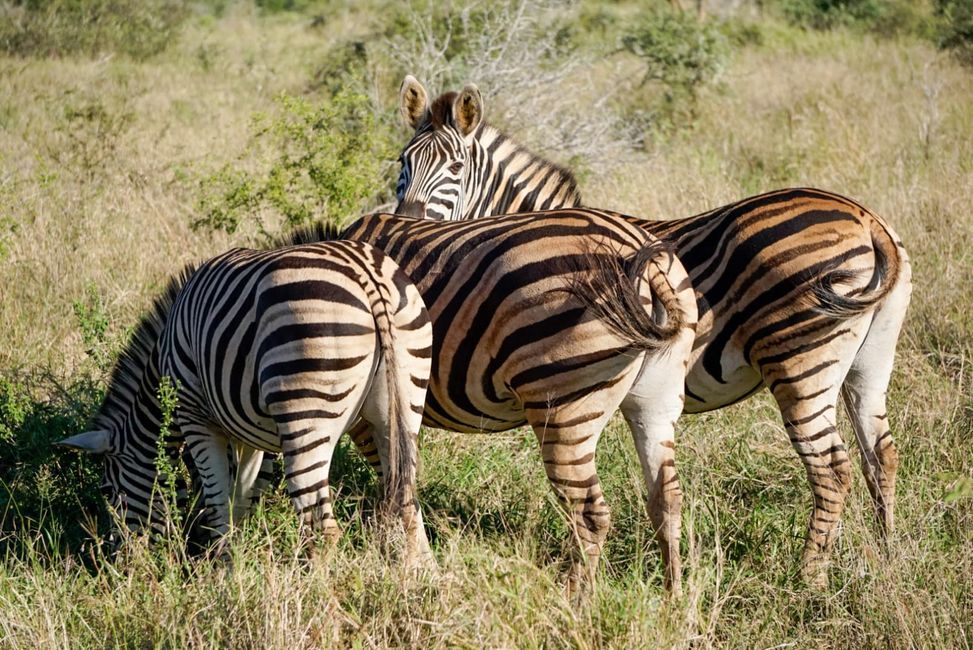
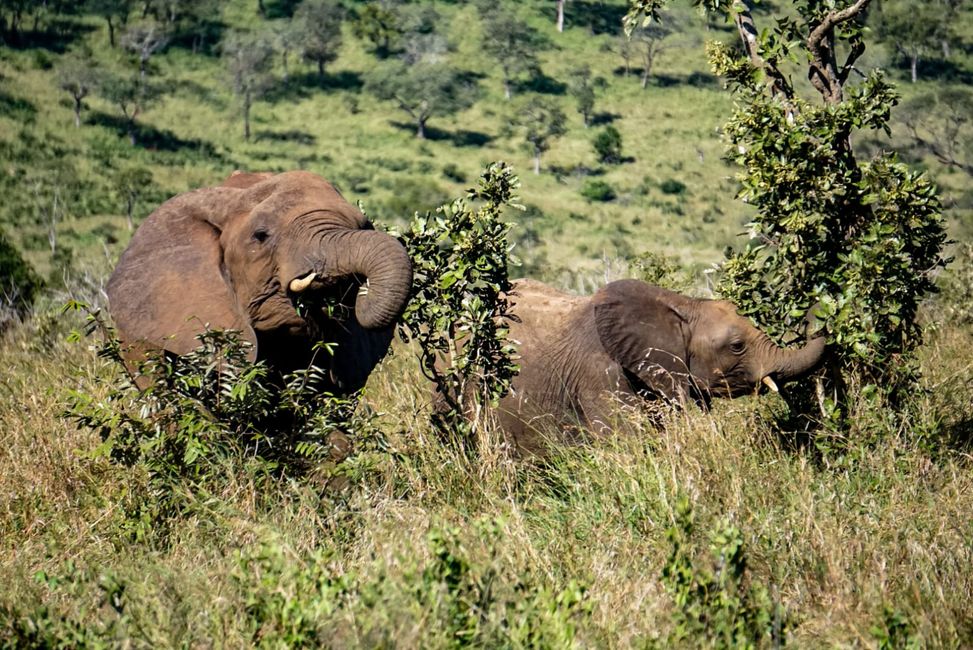
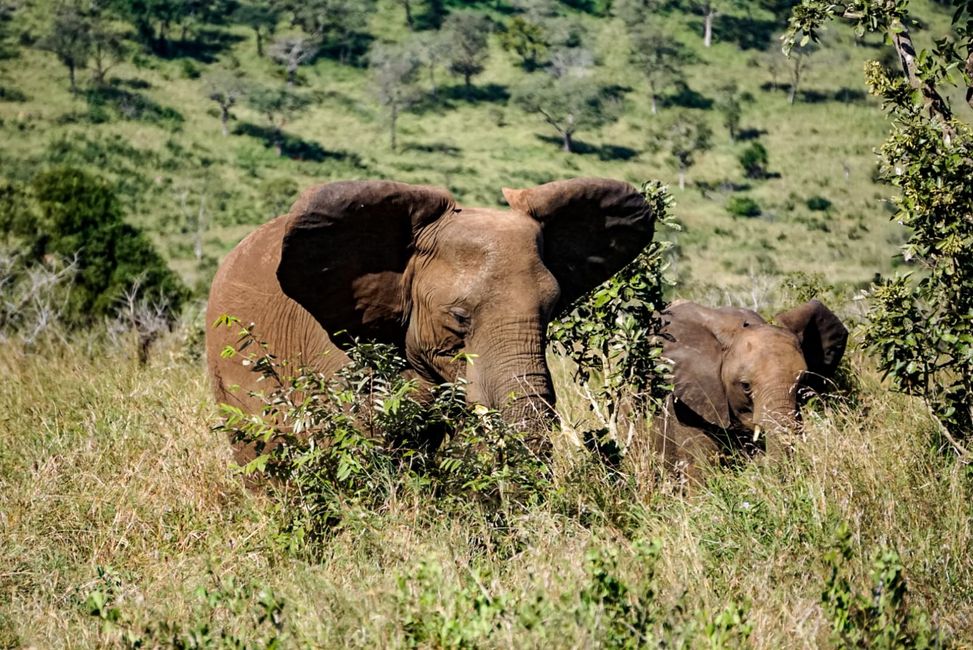
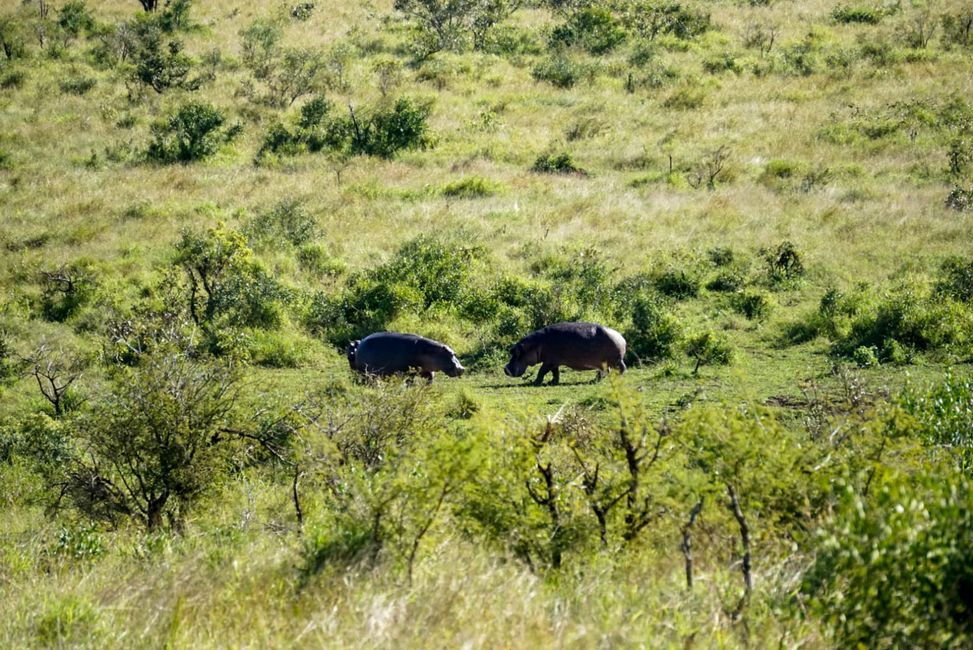
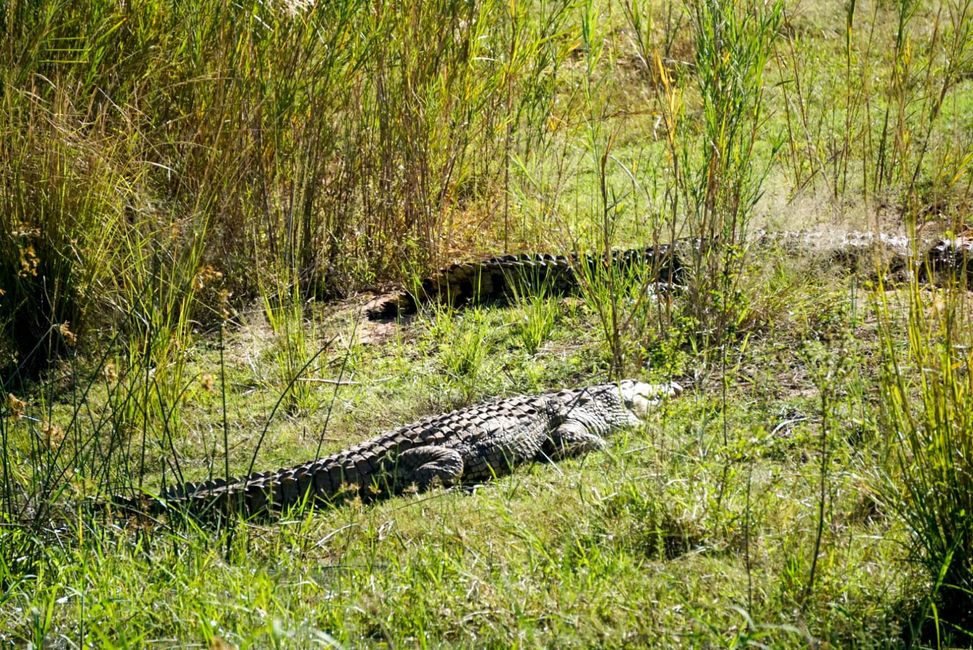
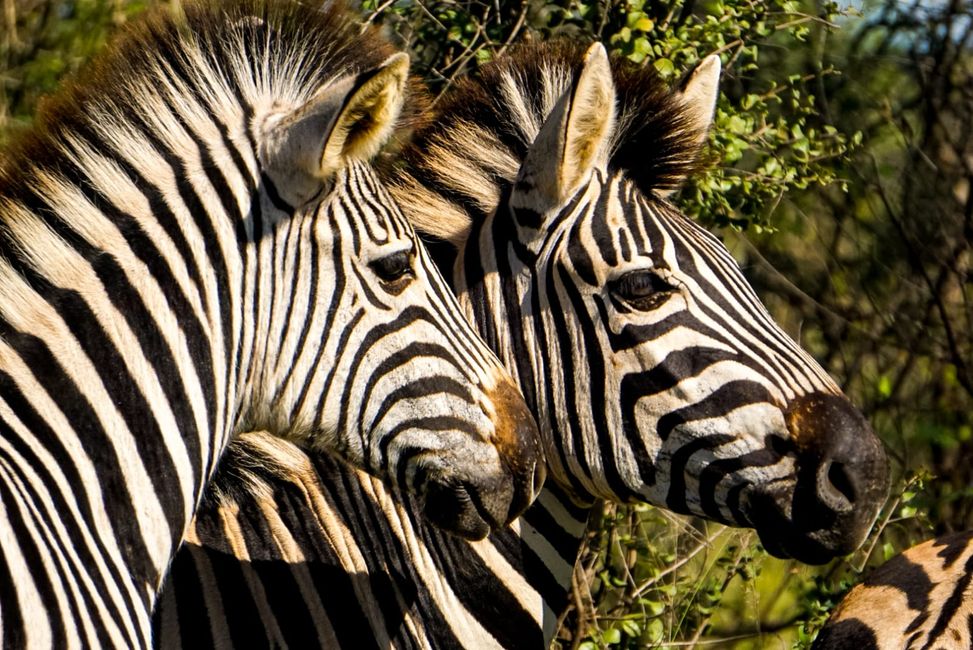
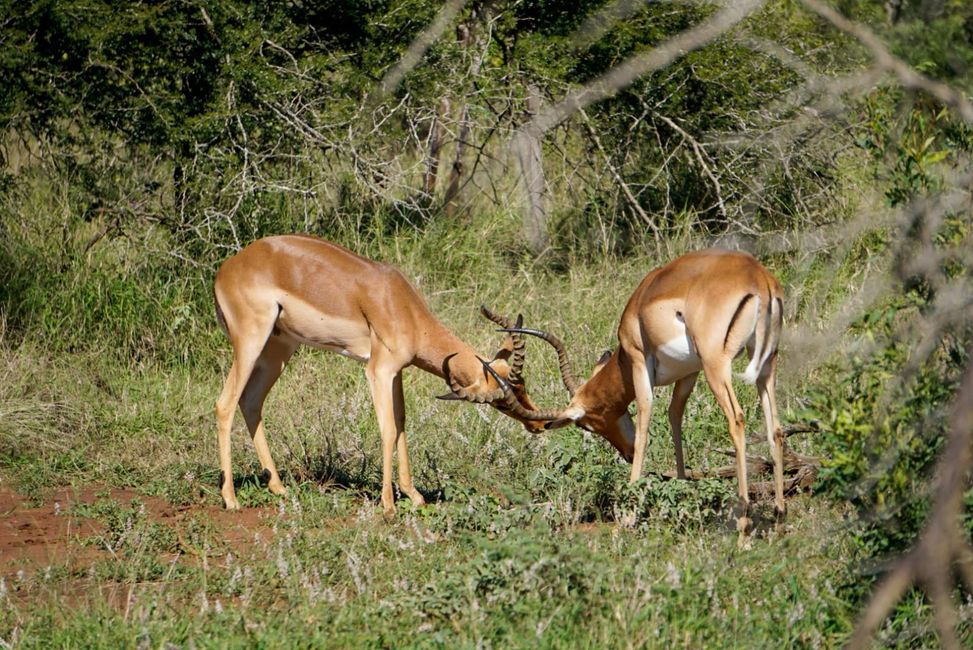
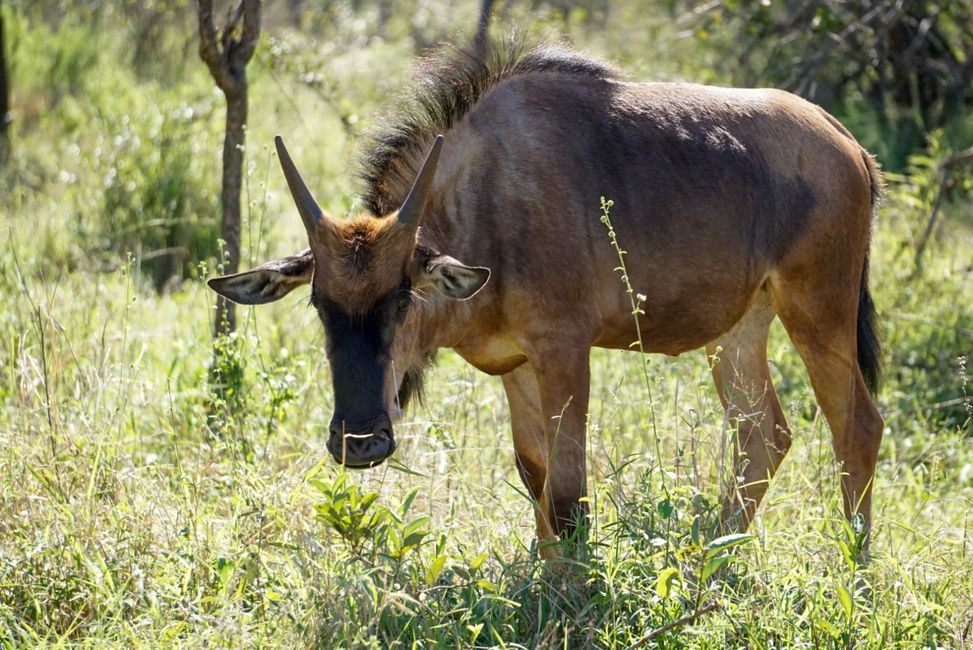
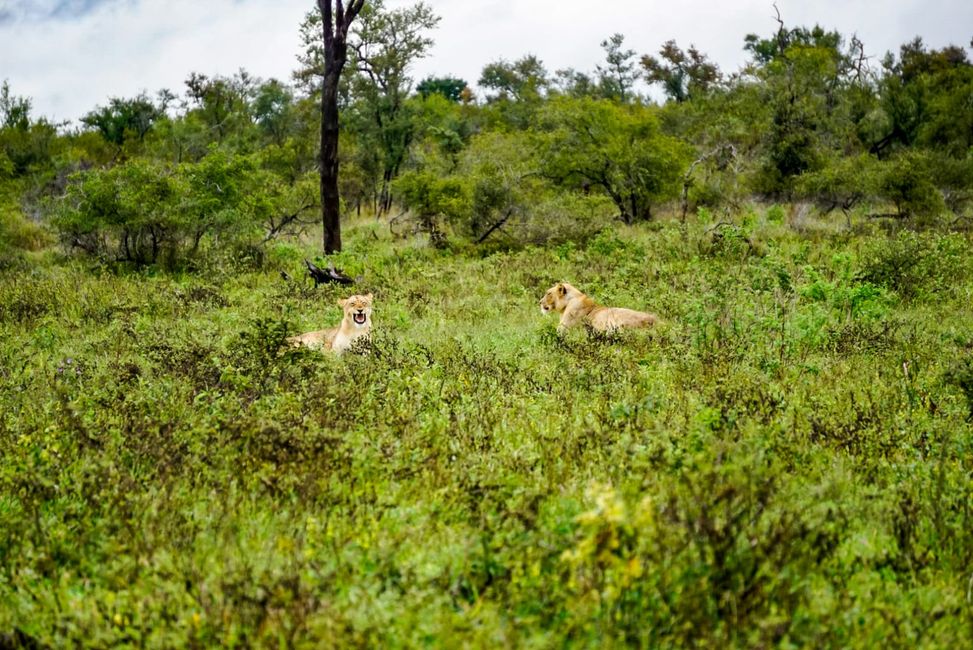

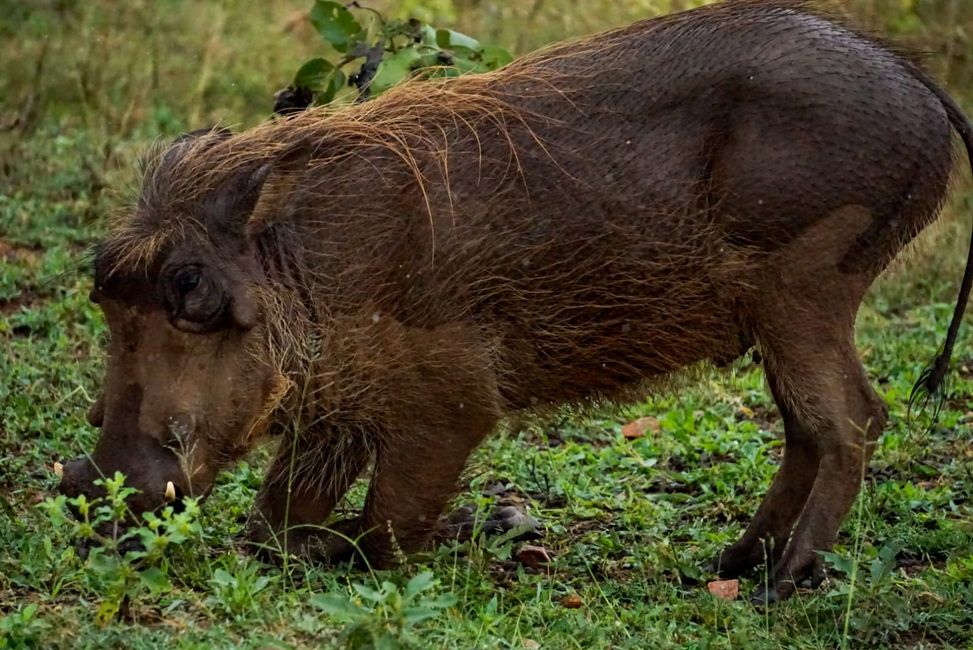
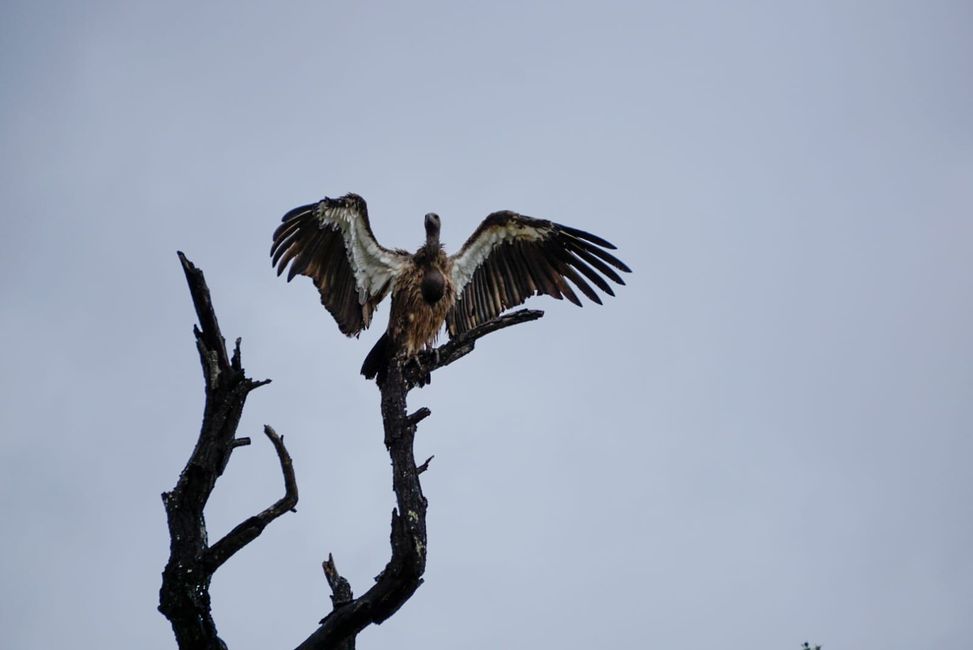
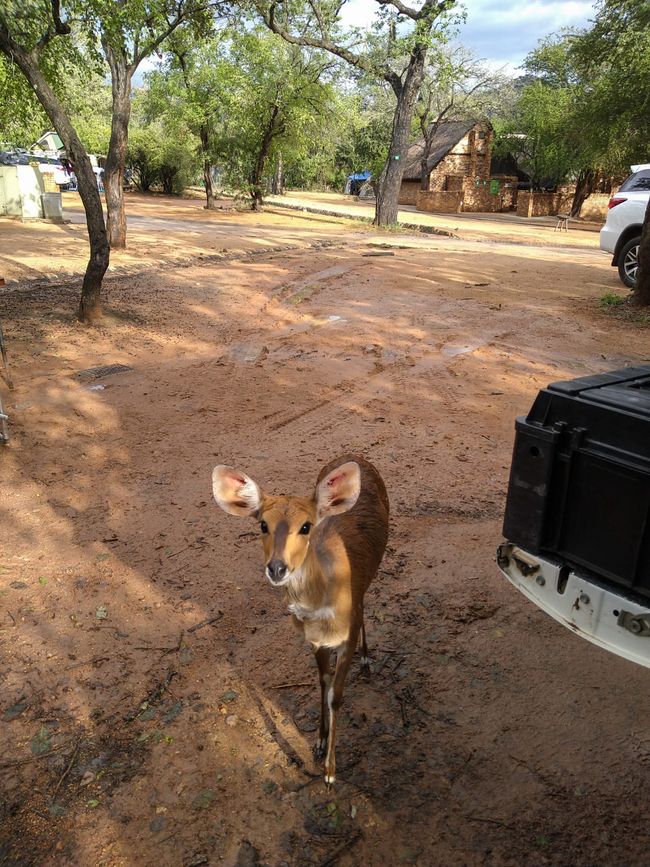
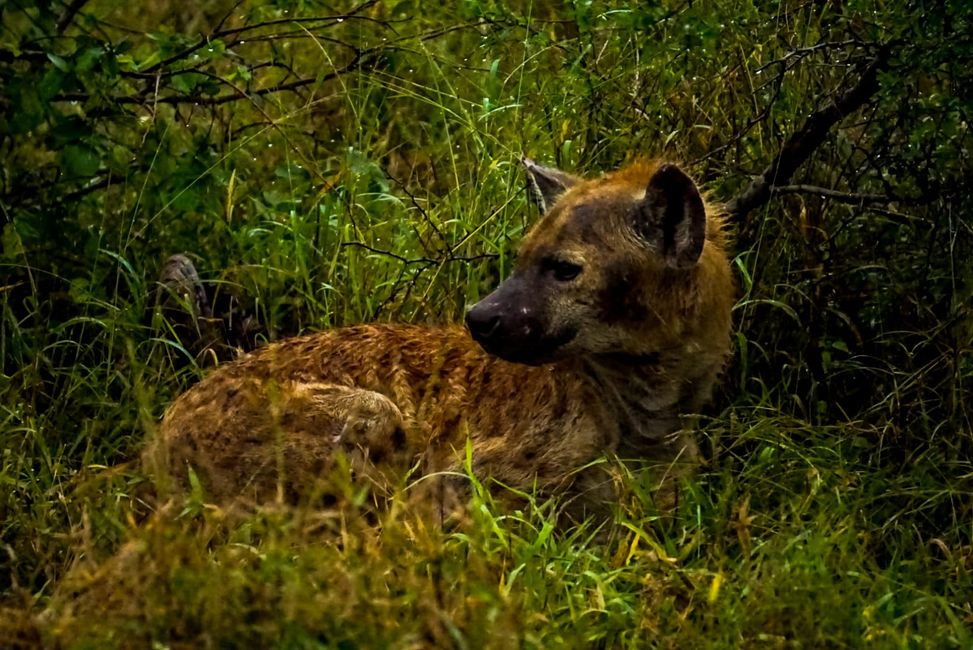
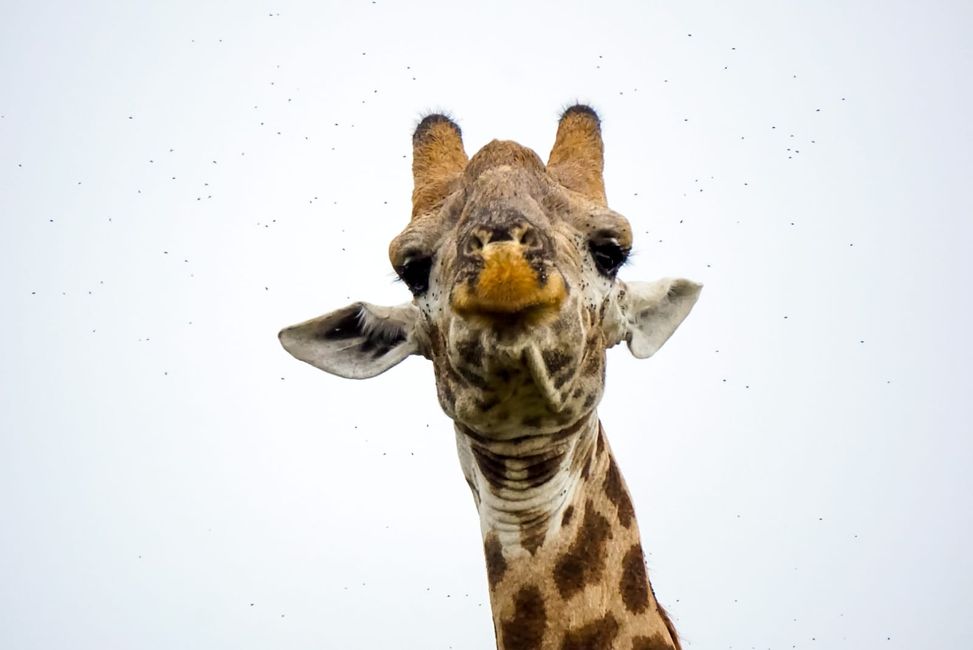
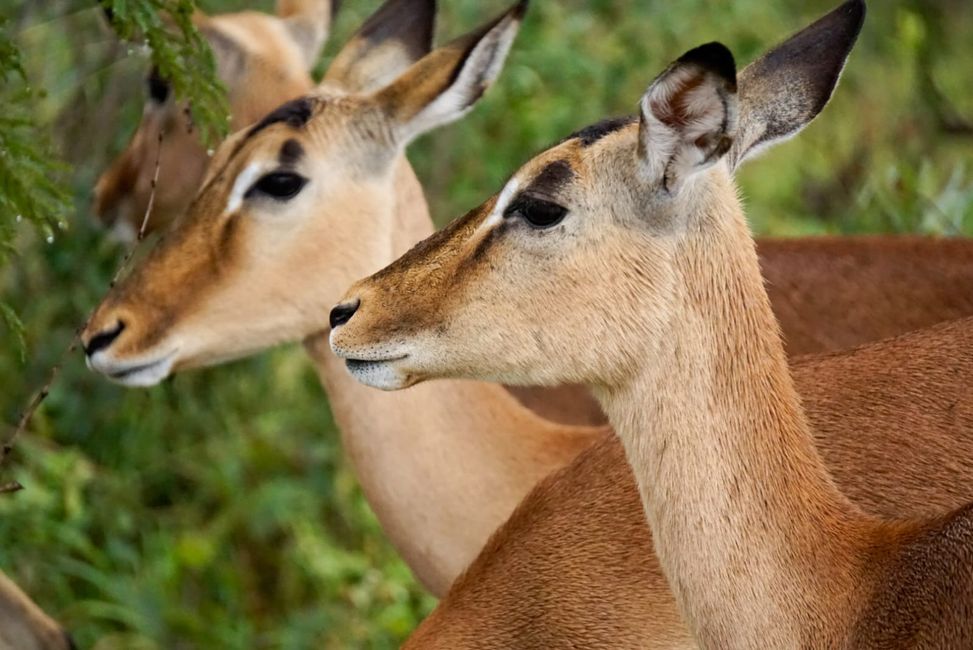
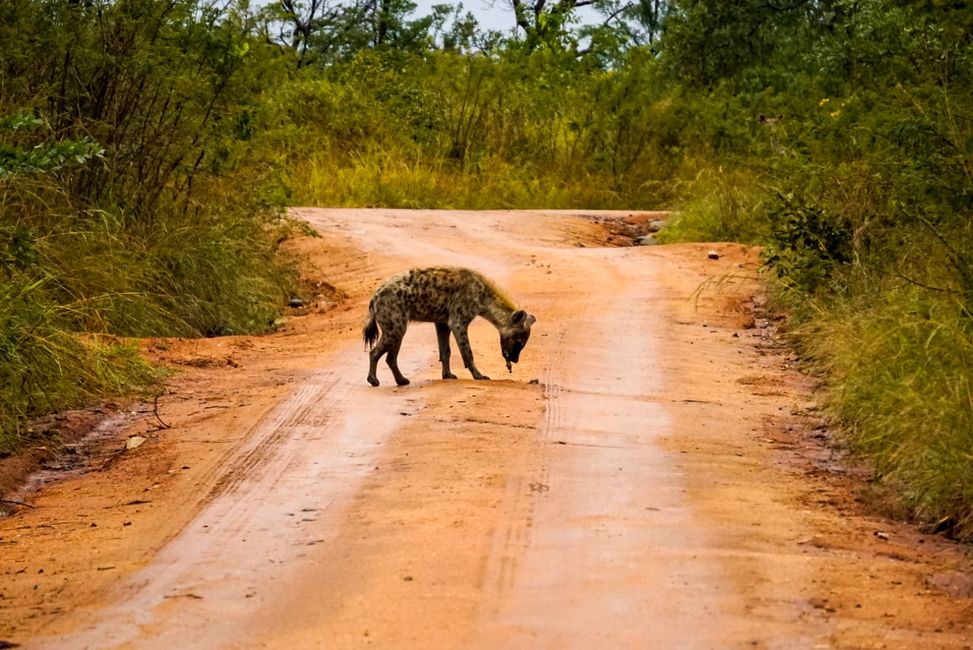
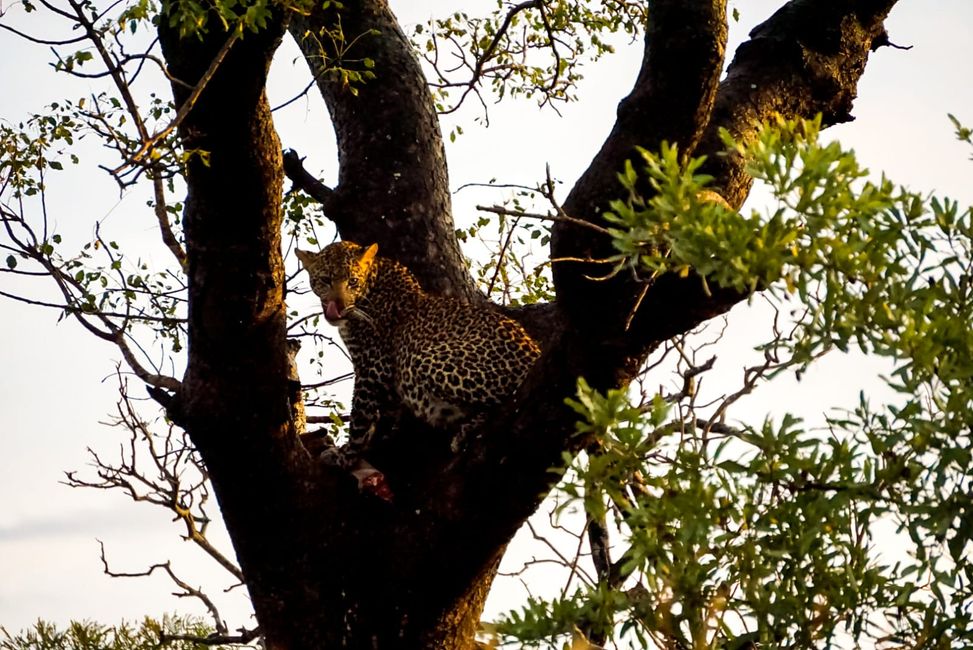
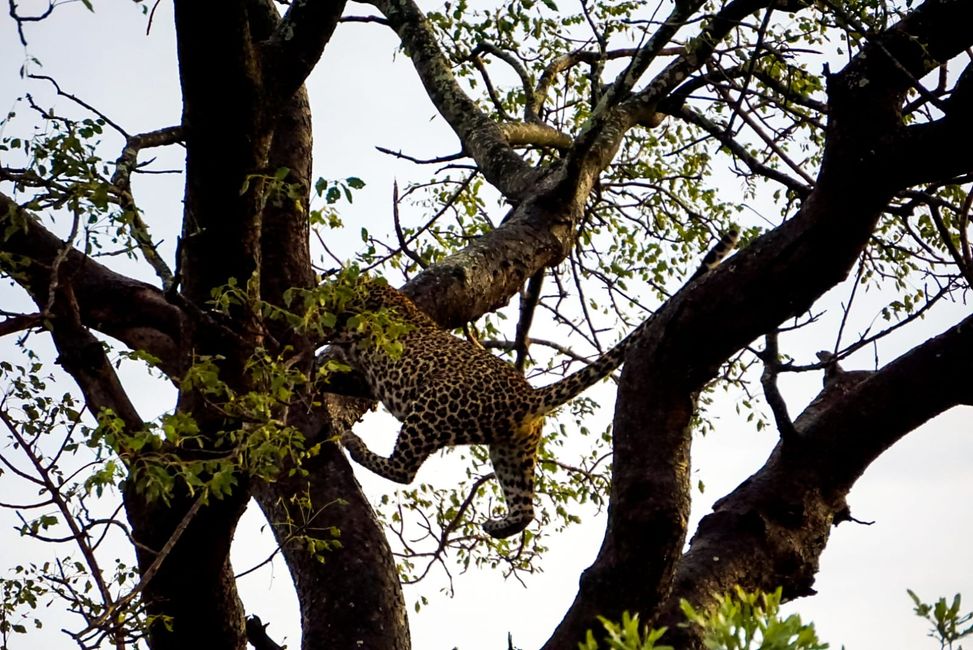
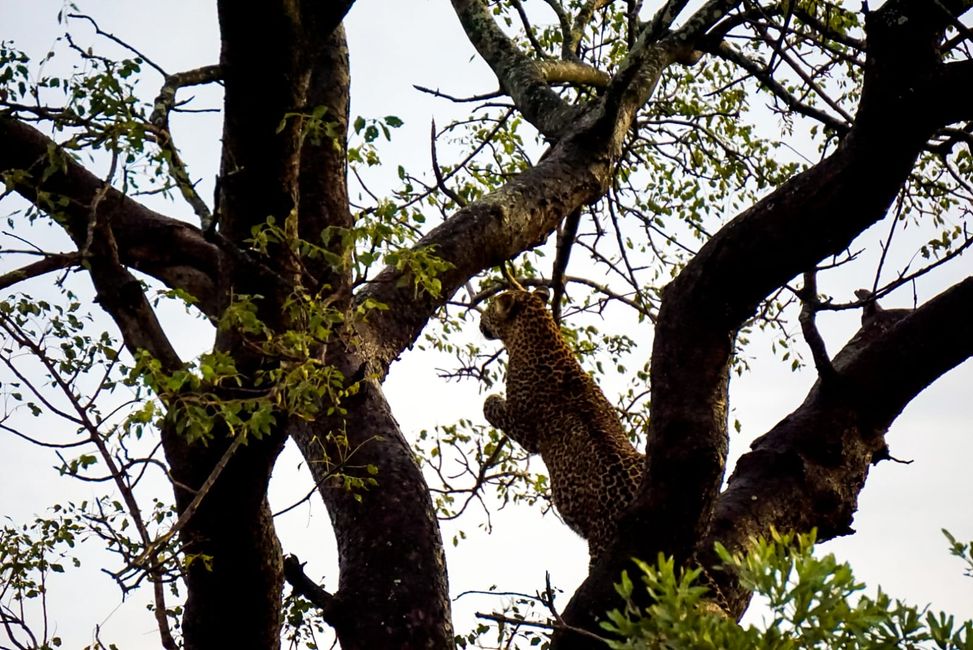
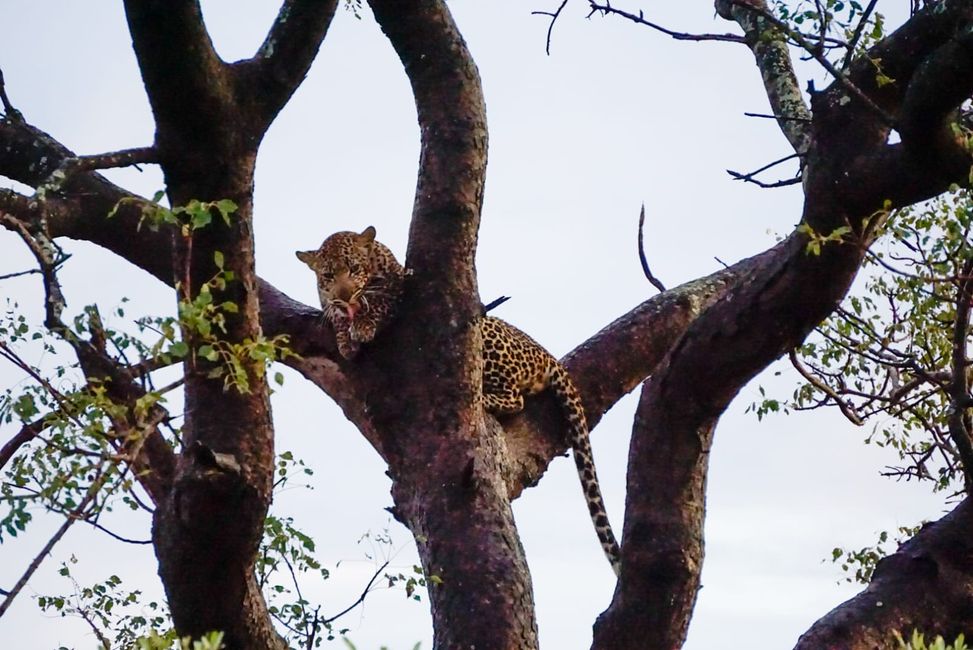
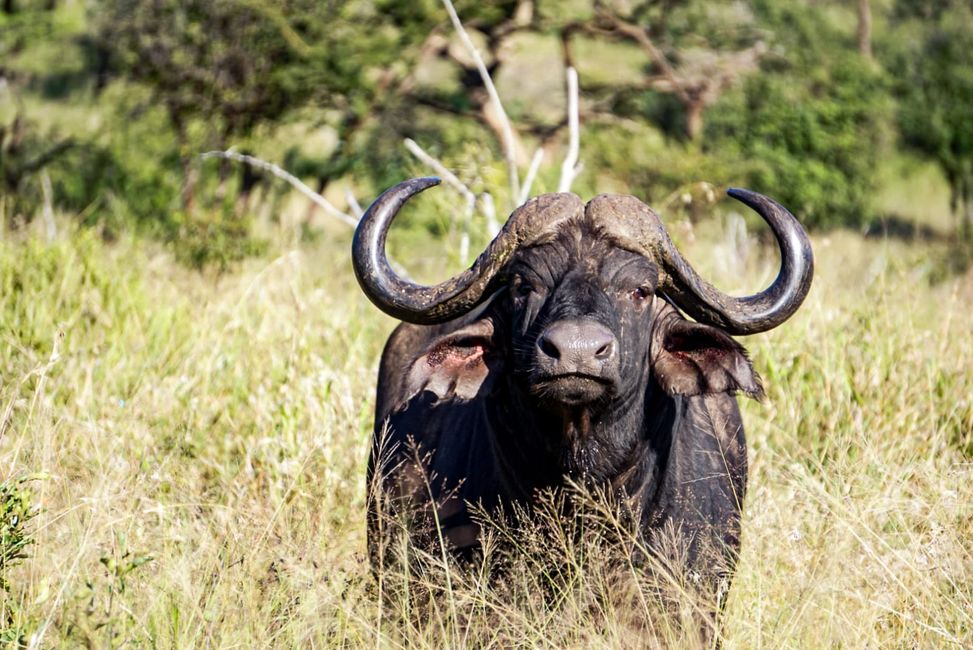
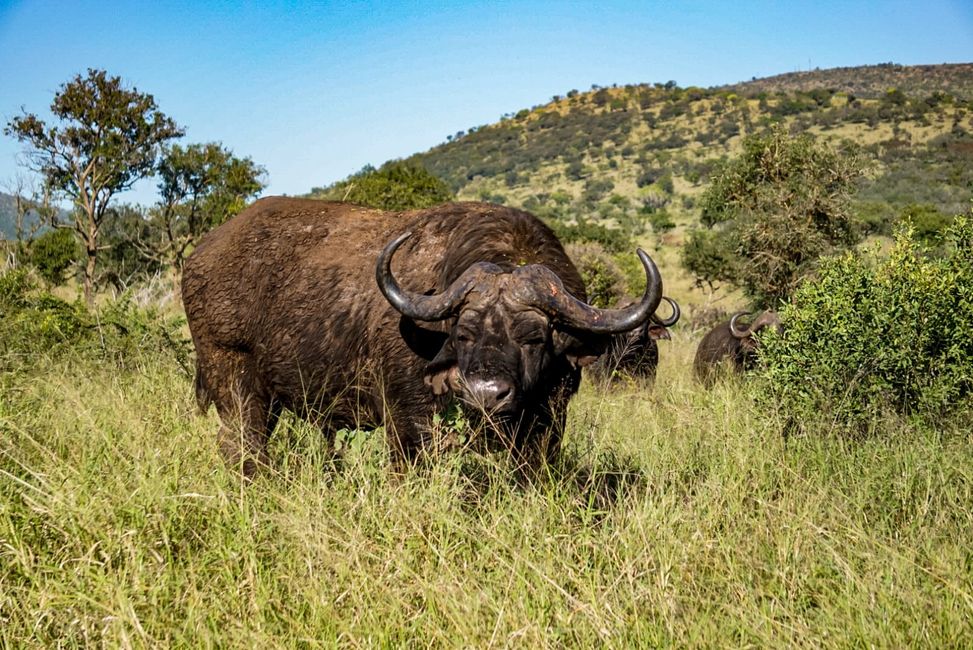
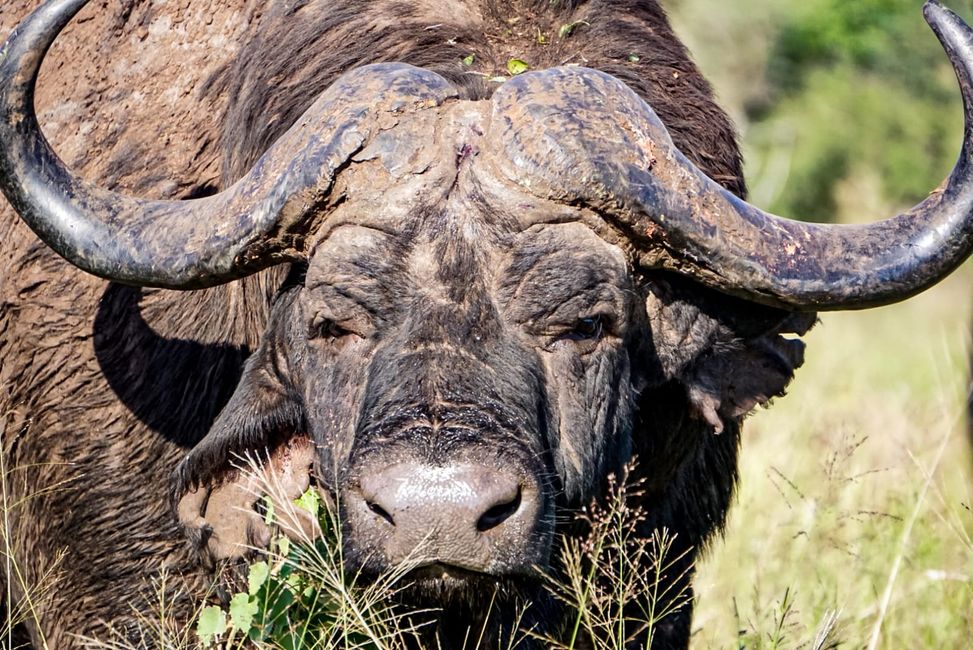
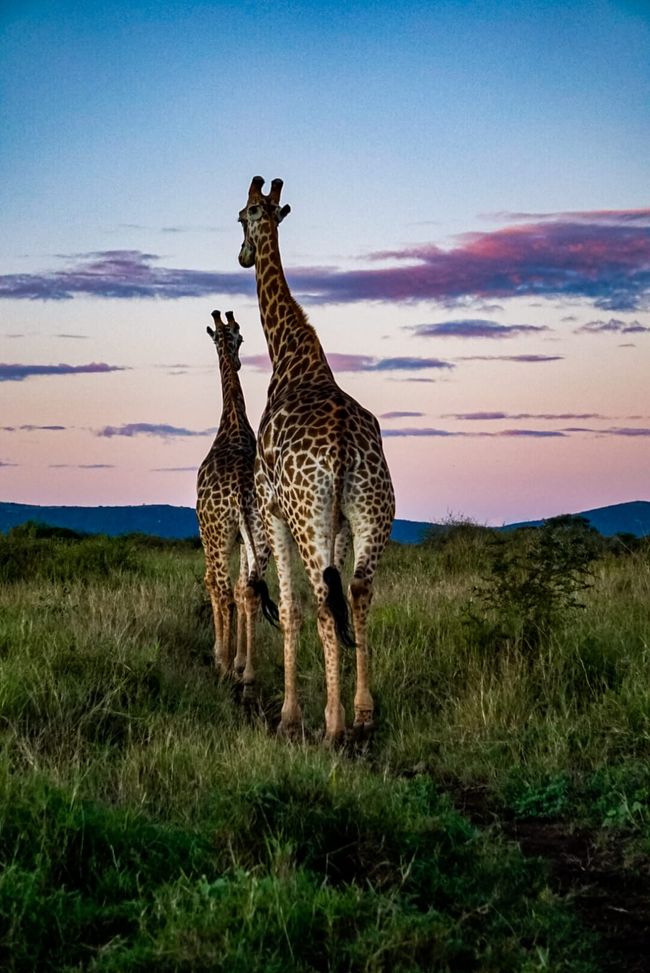
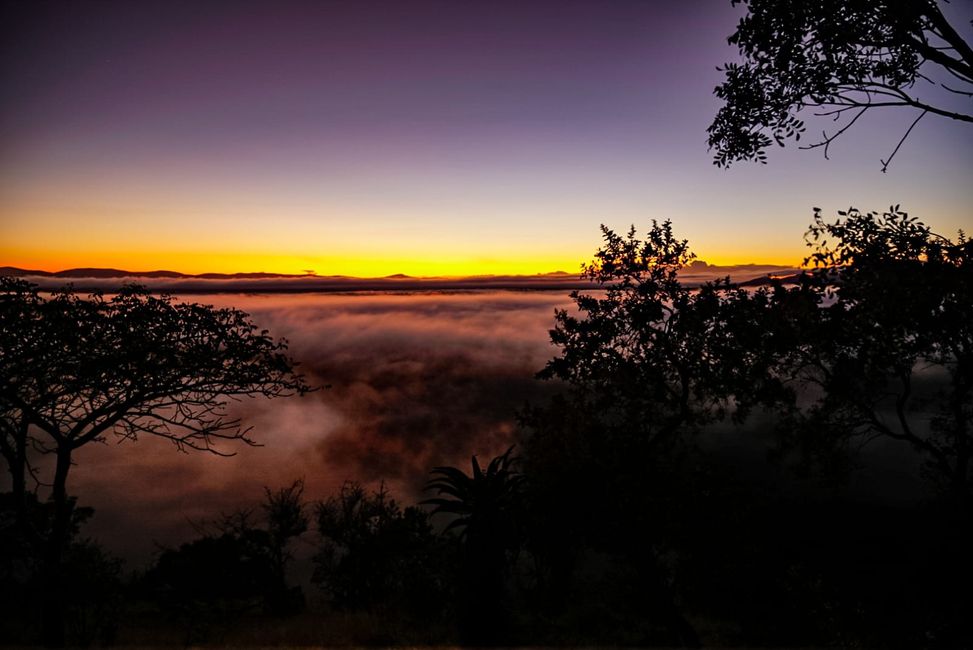
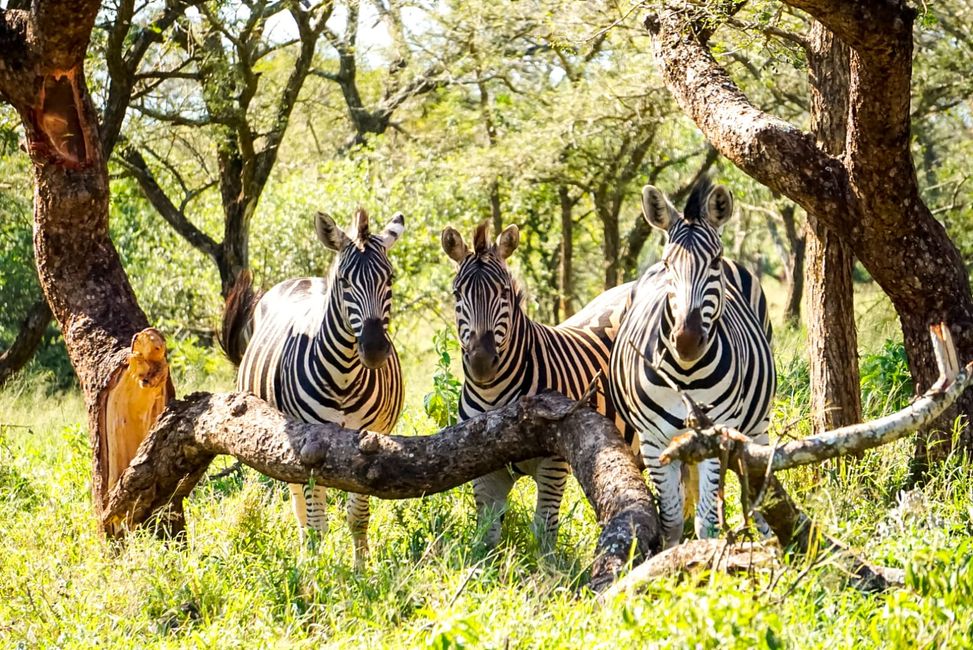
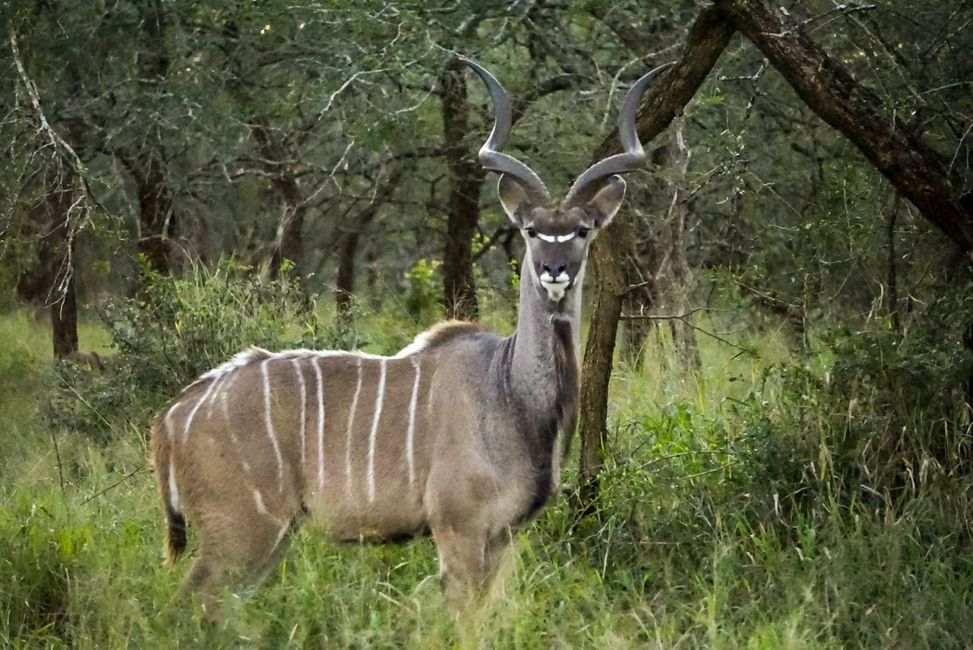
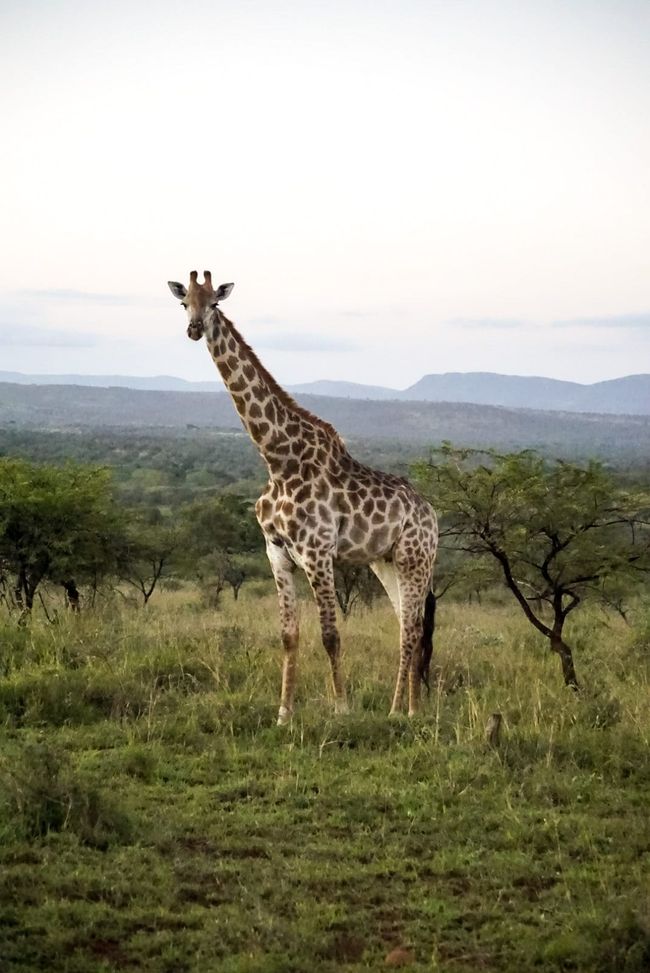
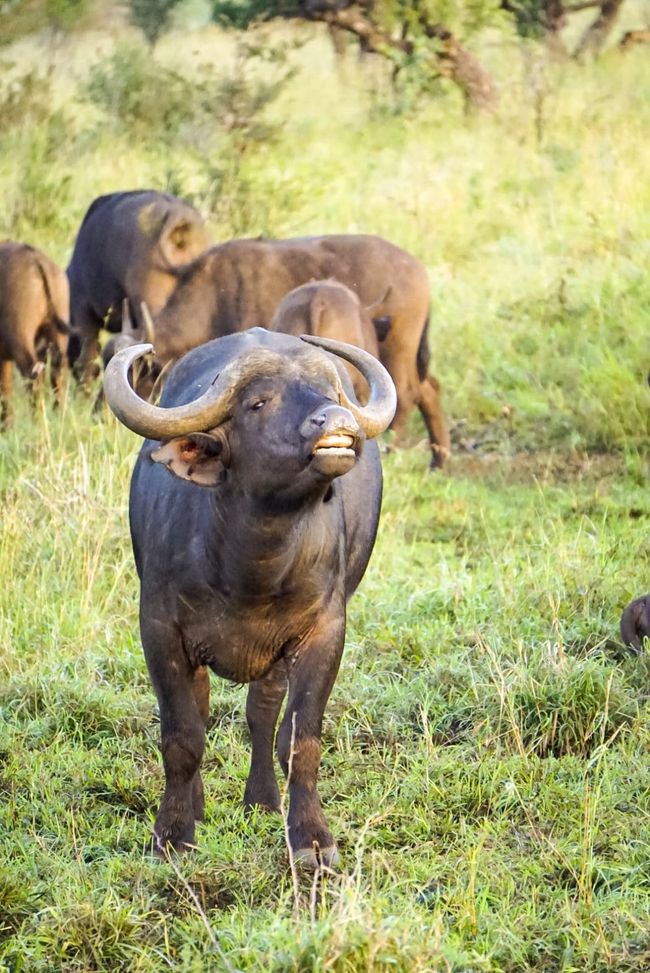
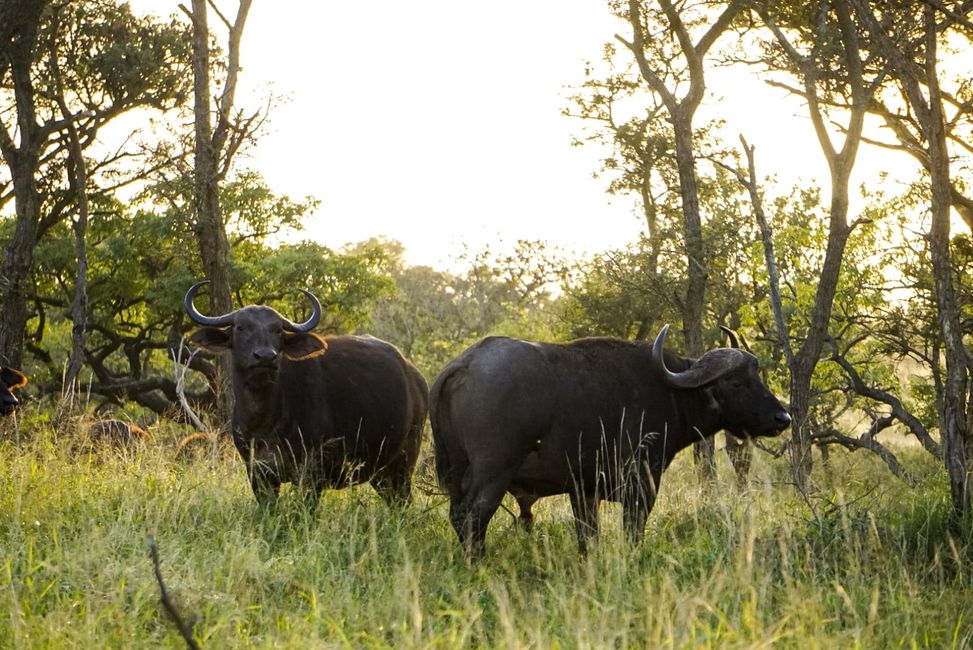
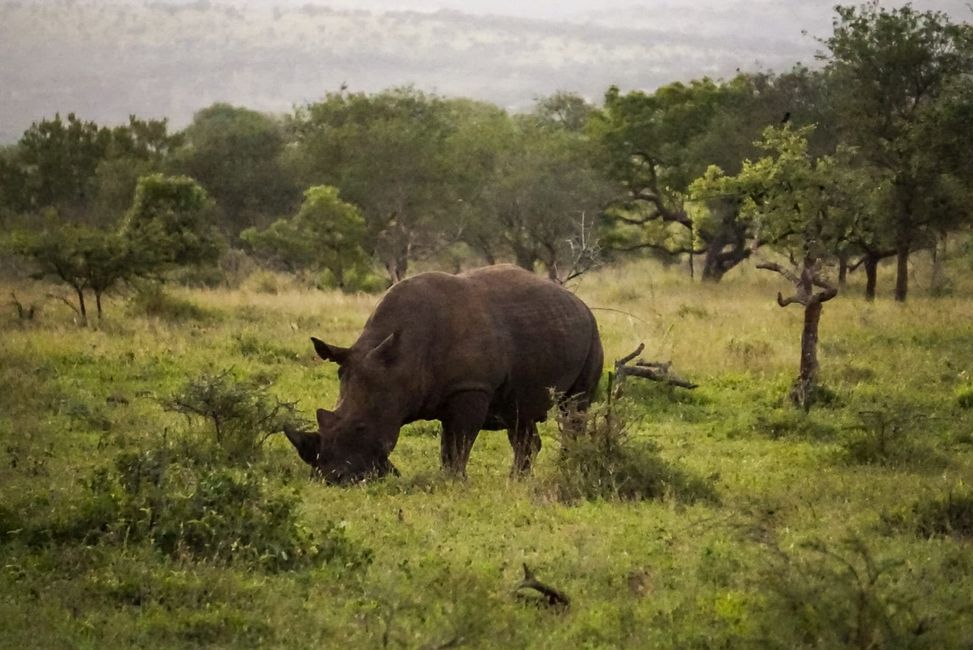
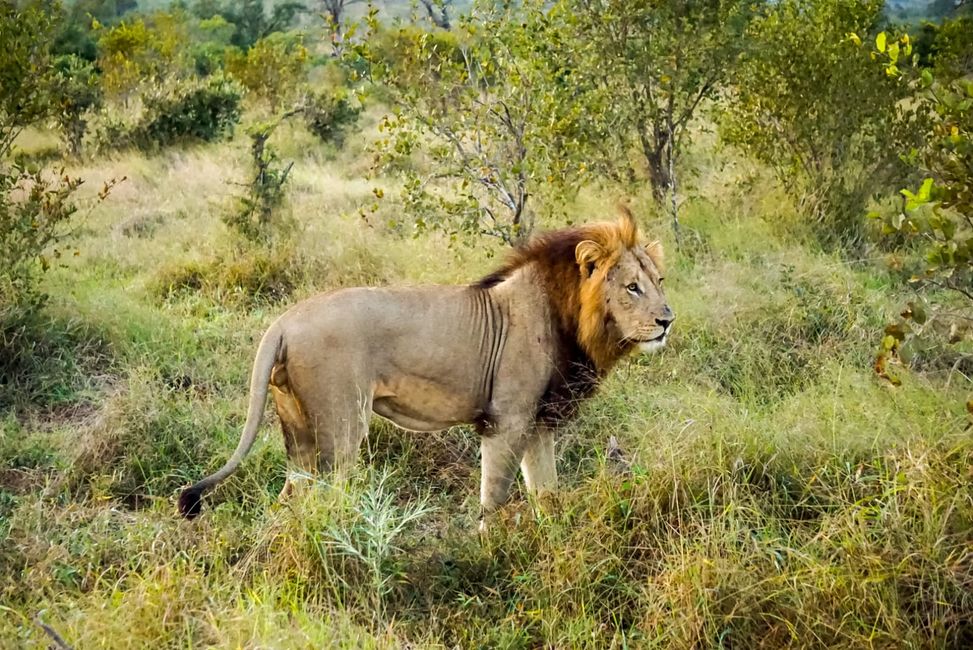
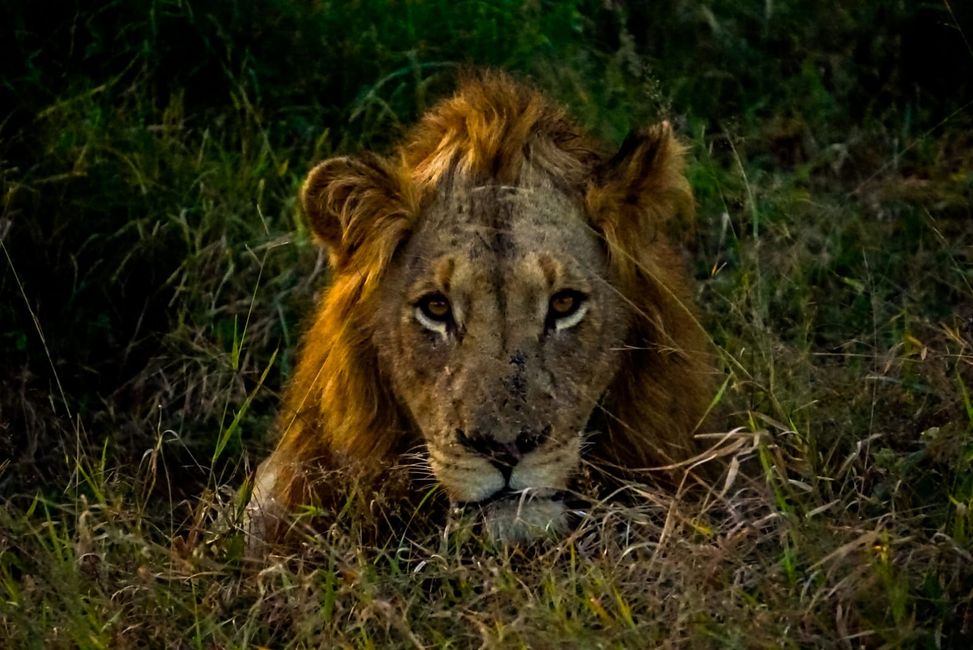
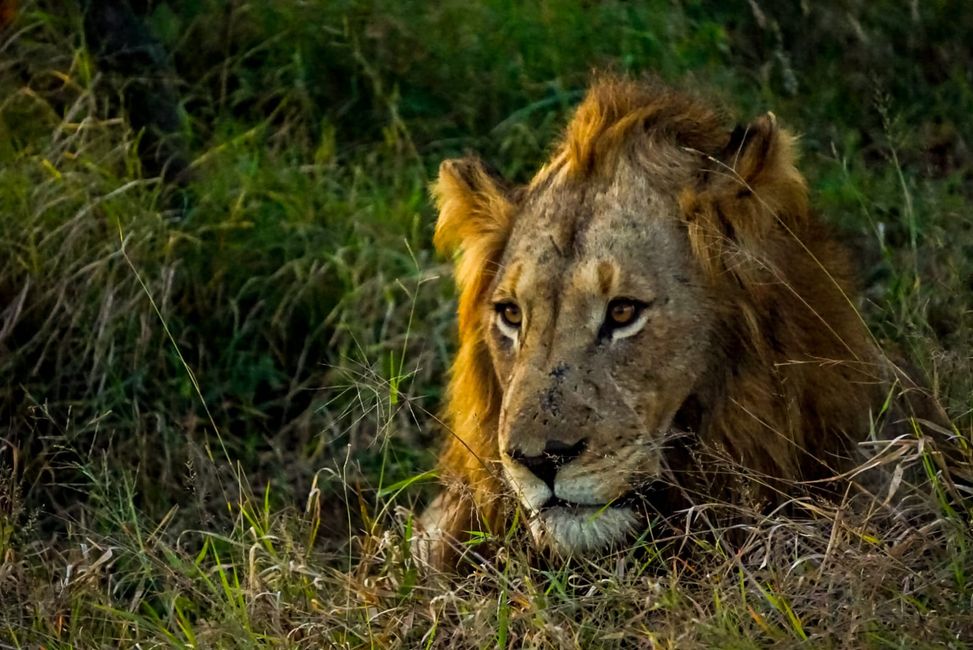
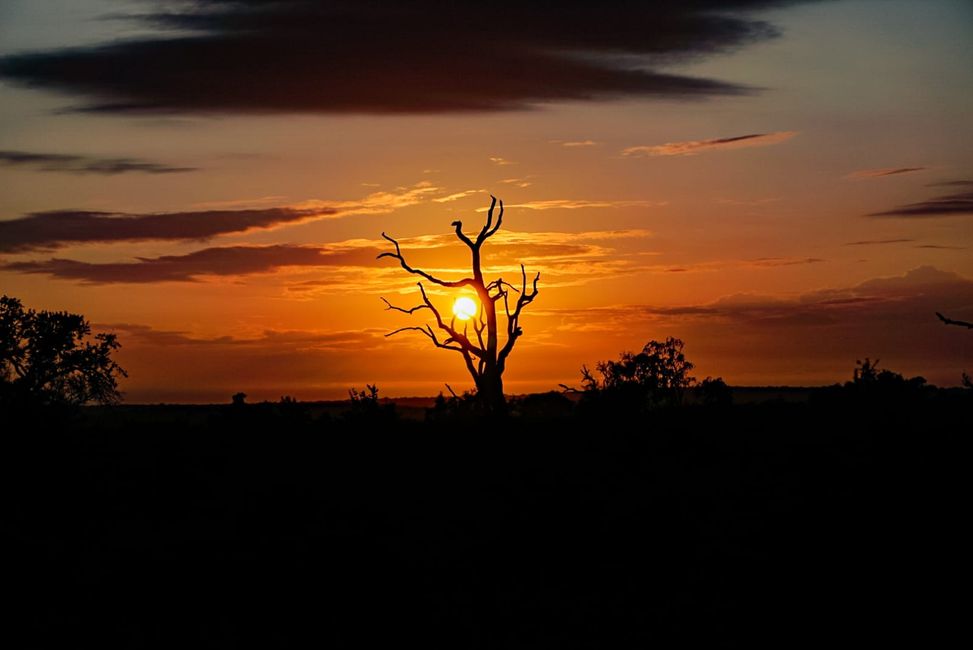
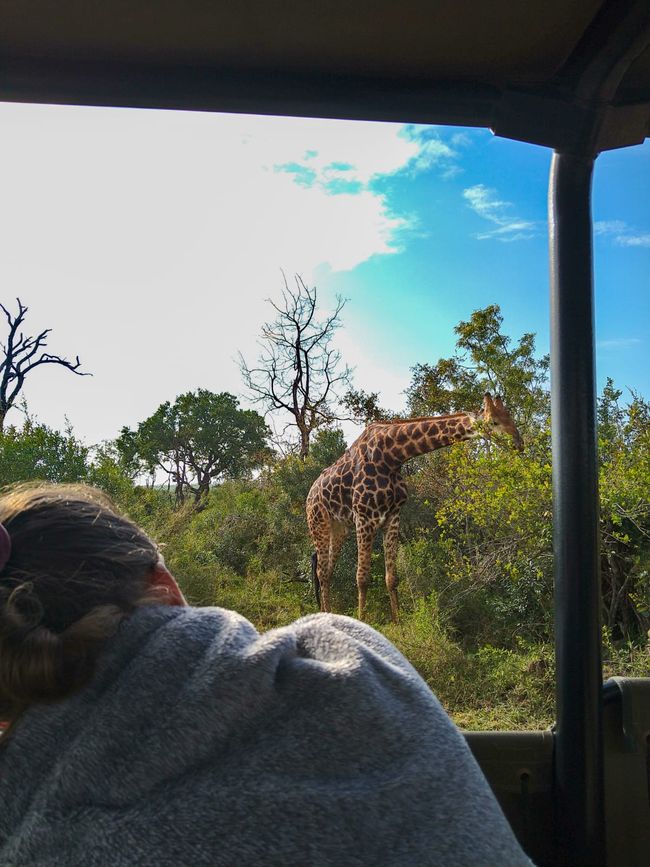
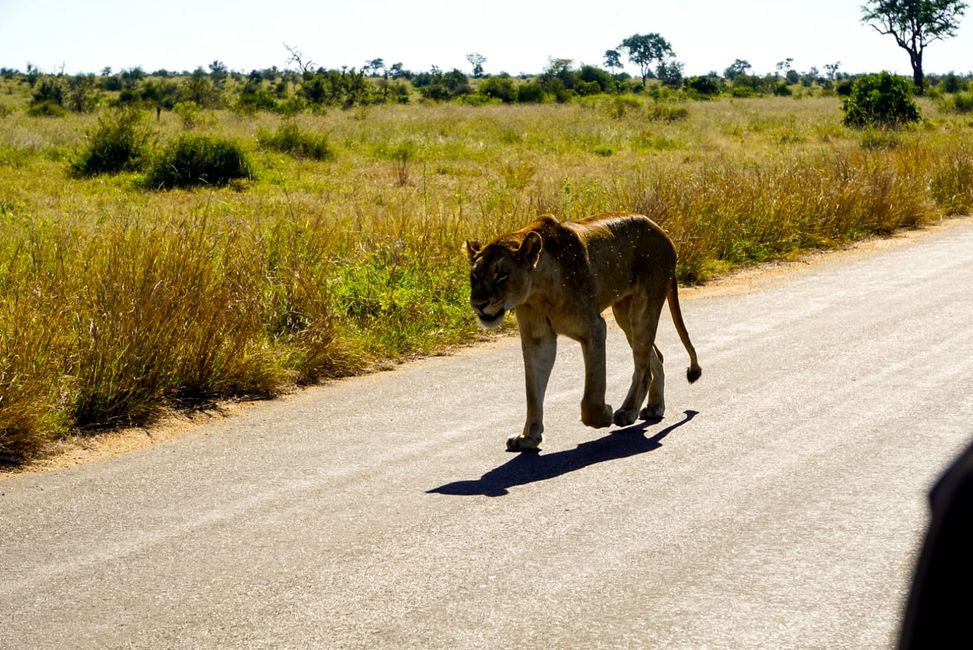
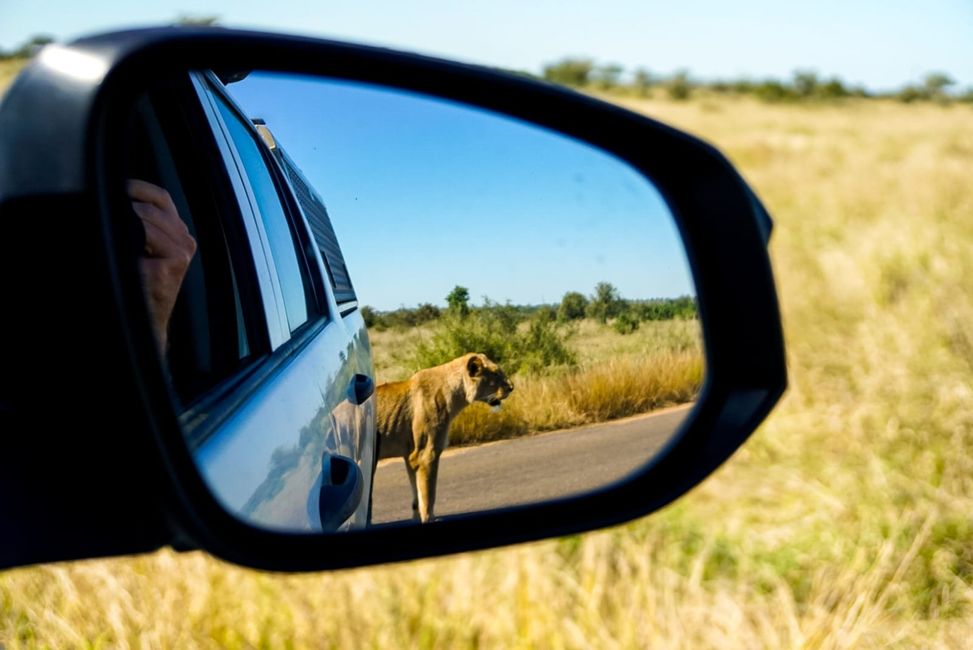
Đăng ký tin
Panorama Route
Before we head to one of our major highlights, the Kruger National Park, we spend a few days on the so-called 'Panorama Route'. As the name suggests, this part of the country is particularly picturesque and offers countless panoramic views of the wide landscape. The Drakensberg Mountains stretch from Mpumalanga to this point. Here, in the northeastern part, the plateau, known as the Highveld, abruptly and steeply descends. We are treated to breathtaking views of the Lowveld plains, about 1000 meters below, which we have stopped and enjoyed countless times. In addition to the easily accessible viewpoints (e.g. God's Window), the numerous waterfalls (Berlin Falls, Lisbon Falls, Mac Mac Falls, and more) are a must-see on this route. However, our absolute highlight was the Blyde River Canyon, the third largest canyon in the world after the Grand Canyon and the Fish River Canyon in Namibia (which we visited in December). The green-covered red sandstone formations bear no resemblance to the sandy desert craters of the Fish River Canyon. Down below, the deep blue Blyde River winds its way through the 26-kilometer-long gorge. From the viewpoint of the 'Three Rondavels', you can overlook the canyon and see three immense round rock formations that resemble the round huts of the locals. But you really need to have a head for heights when looking down, because even though everything in South Africa is very well developed, there are no barriers in front of the 800-meter-deep gorge.
Kruger National Park
Named after former President Paul Kruger, Kruger National Park is located in the far northeast of South Africa, bordering Mozambique and Zimbabwe. With an area of almost 20,000 square kilometers, the national park is one of the largest wildlife reserves in Africa and was established in 1898. Driving through the park from south to north, which takes several days due to the speed limit of 40 km/h and the many wild animals to see, we cover the 350 kilometers from the southern Crocodile River to the Zimbabwean border over a period of seven days. Despite this, we spend about 6 hours in the car every day. Staring out the window and scanning the bush for such a long time can be quite tedious. However, it is all the more rewarding when suddenly an animal comes into view!
Of the 147 mammal species living in the park, including the 'Big Five' - lion, leopard, rhinoceros, buffalo, and elephant - we see the most in the southern part of the park. Especially the many different antelopes seem to be spread out all over the huge park. From the large, constantly bewildered-looking and head-tossing wildebeest, to kudus with their huge ears, nyala and bushbuck with white spots and stripes on their brown fur, waterbucks with a white circle around their fluffy bottoms, and the abundance of impalas and the rarer, small steenboks, you can find everything here. Even the larger animals such as giraffes, rhinos, and buffalos, which you would think are easy to spot, are incredibly well camouflaged. Often, we only notice a huge elephant between the bushes when we pass by, and we have to quickly slow down and reverse a bit. The huge, towering giraffes can quickly disappear behind a bush when they bend down to eat a few thorny branches. It is even more difficult to spot a predator such as lions, leopards, cheetahs, or even wild dogs and hyenas. We quickly realize that a safari also requires a considerable amount of luck. There are days when all we see are a few zebras, giraffes, and elephants, along with the numerous impalas on the side of the road. But sometimes we are luckier. If you see a car parked somewhere, it is a good sign that something could literally be in the bush there. Often, friendly South Africans call out directly from their open windows what they have spotted, so you don't have to search for a long time with binoculars.
So it happens that on the first day, after only about two hours in the park, we see a few cars on the side of the road. Before we can pull up next to them, we discover what is happening in the bushes behind them. Two lions, undeterred by the rain, are lying relaxed in the grass and look at us curiously. Their manes are gigantic, and we could spend an eternity just looking at them and taking a few photos. However, since you have to be back at the camp by sunset and need to allocate some time for the gravel roads, we eventually continue on our way, only to encounter another group of cars shortly afterwards. While I am telling Maxi how great it would be to see a leopard - because they are the most difficult to spot of the 'Big Five' - a long spotted tail is dangling next to us from a tree. In the treetop, a leopard has made itself comfortable and is enjoying something that was probably once an impala. Unlike lions and cheetahs, leopards drag their prey a few meters up into trees to eat it there, where they have a good view of the surroundings and are not disturbed by hyenas or other animals that are inadvertently attracted by the smell of blood. While the vultures are already circling above the tree - eagerly waiting to pounce on the remnants of the carcass - a spotted hyena lurks in front of us through the bushes. The leopard is not stressed by this and continues to feed on the last remains of the animal, whose long, bony legs hang down from the branches. At some point, it seems to be full and jumps onto some higher branches with its blood-stained muzzle. In the jump, you can see its rounded belly. It's a wonder that it can still move with that. It hasn't fallen into a food coma yet.
A few days later, on our way north, we have another really good day for a safari. We heard the lions roaring in the distance at night and meet them the next morning, just one kilometer from the camp, on the road. Two lionesses curiously approach our car, while three lions have made themselves comfortable in the grass at some distance. One of them rolls around on his back and shows us his hairy belly, while another retreats into the shade of a large bush, blinded by the sun.
But that's not all on this day. As we continue, we are thrilled to see hippos and crocodiles in a river, and we can spot a few buffalo and elephants. In the afternoon, on our way to the next camp, we notice something on the road. As we get closer, we see that two little hyena cubs have made themselves comfortable on the sun-warmed asphalt. They look at us with big eyes and are unbelievably cute, making it hard to imagine that they will soon become fierce, bloodthirsty creatures.
After a week in the Kruger, we have not only seen all of the 'Big Five', but also covered all the roads of the huge park, taken hundreds of pictures, and seen as many lions as we have encountered on our entire trip so far. We are sure to encounter more rhinos in Botswana, so we are not sad to have only seen one here. For the Kruger, you should definitely take more than just a few days, because with plenty of time and patience, you will eventually see some animals. And of course, a lot of luck is involved.
Đăng ký tin
Trả lời
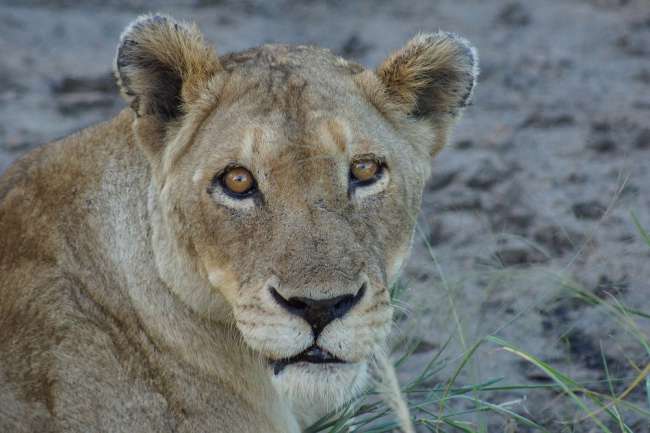
Báo cáo du lịch Nam Phi
